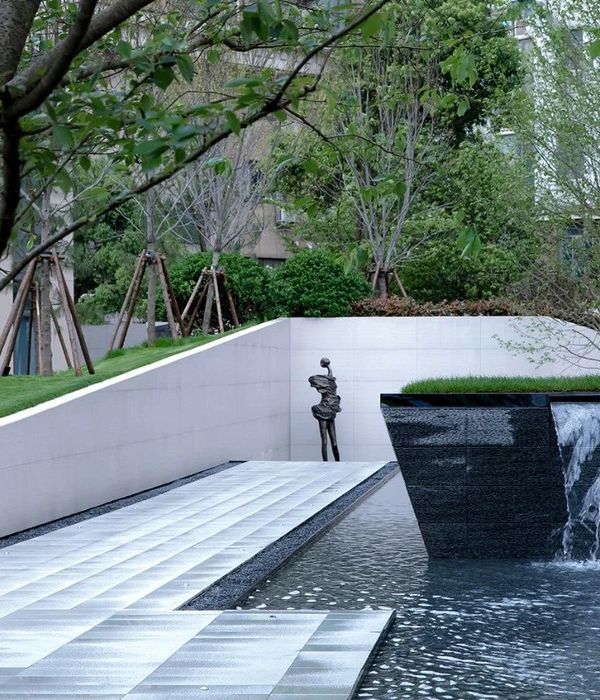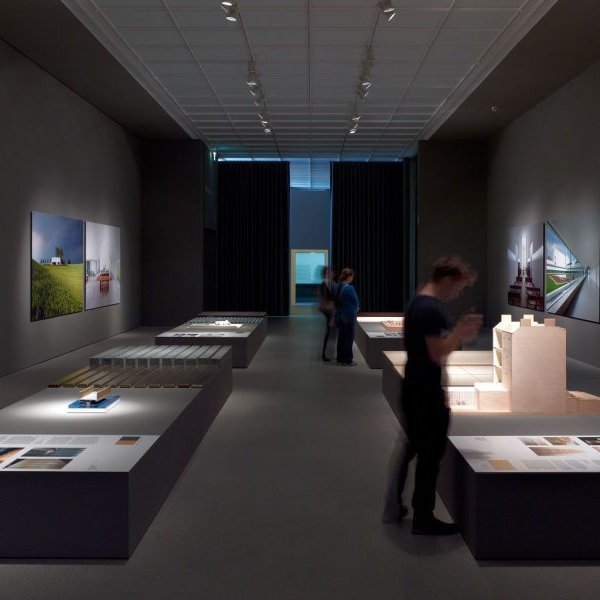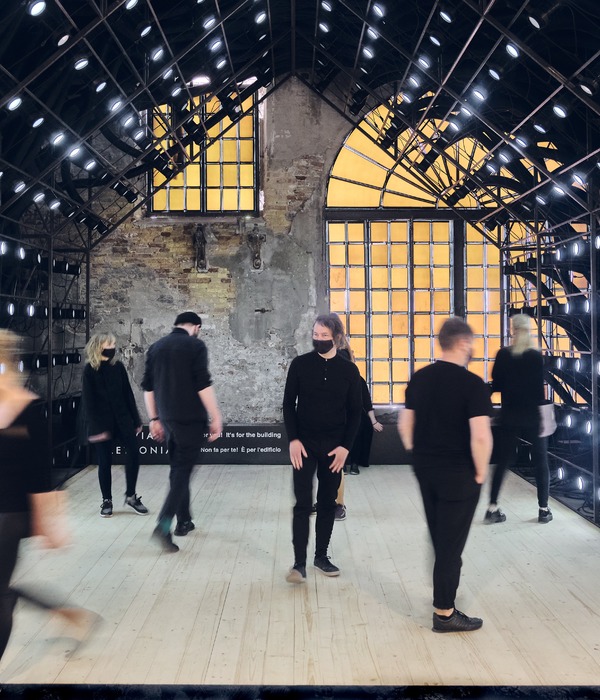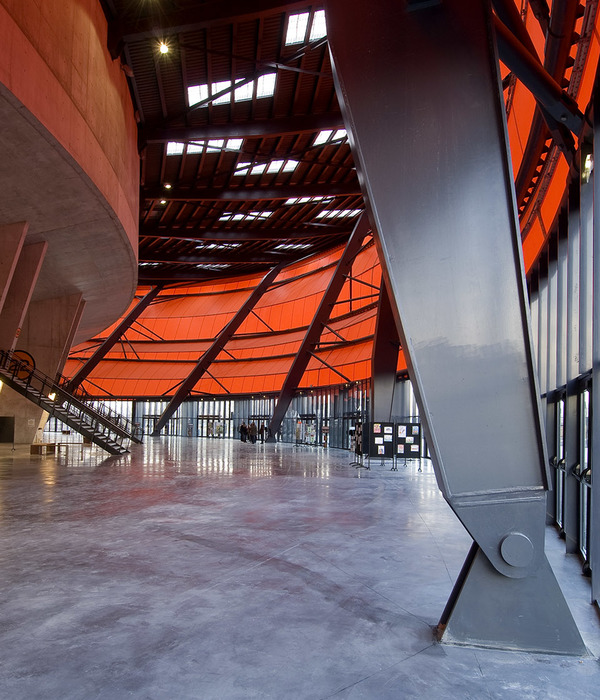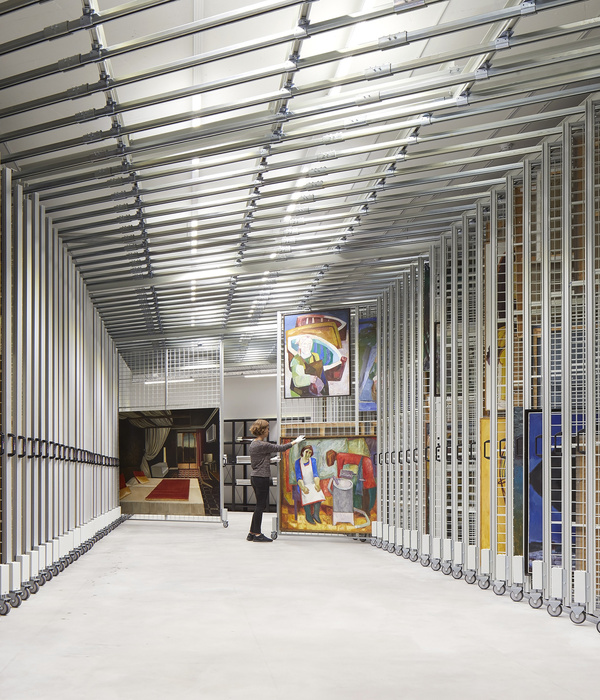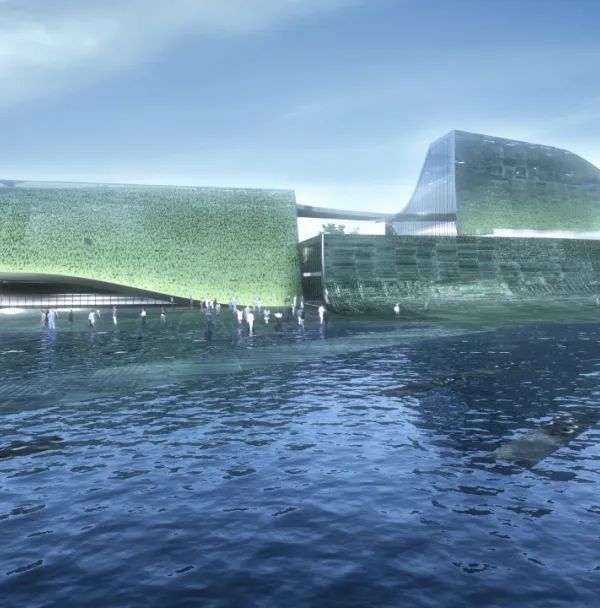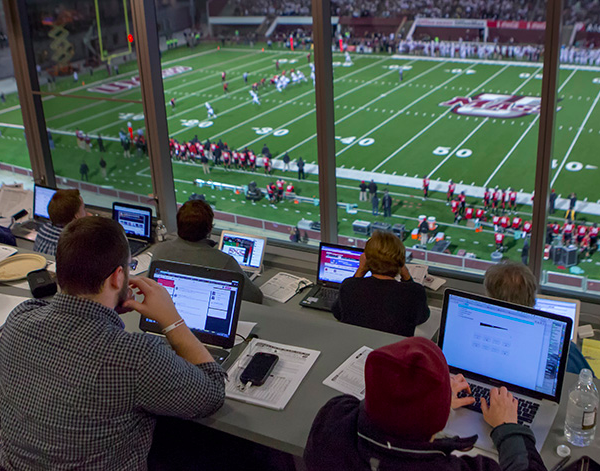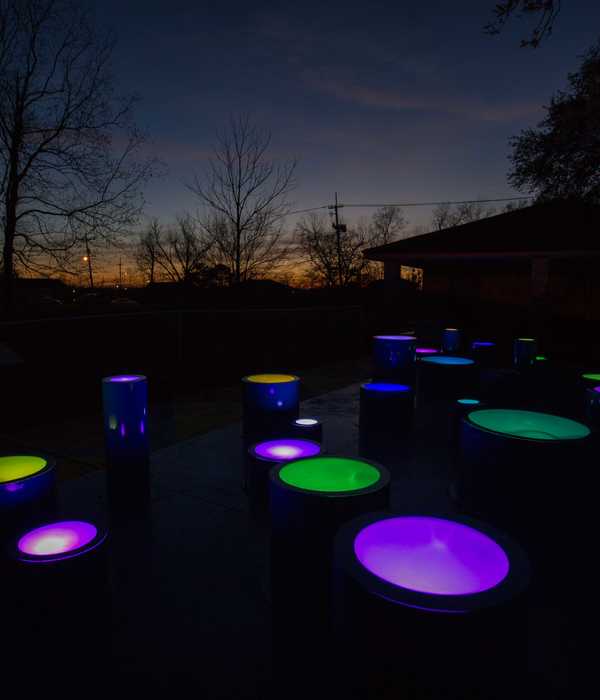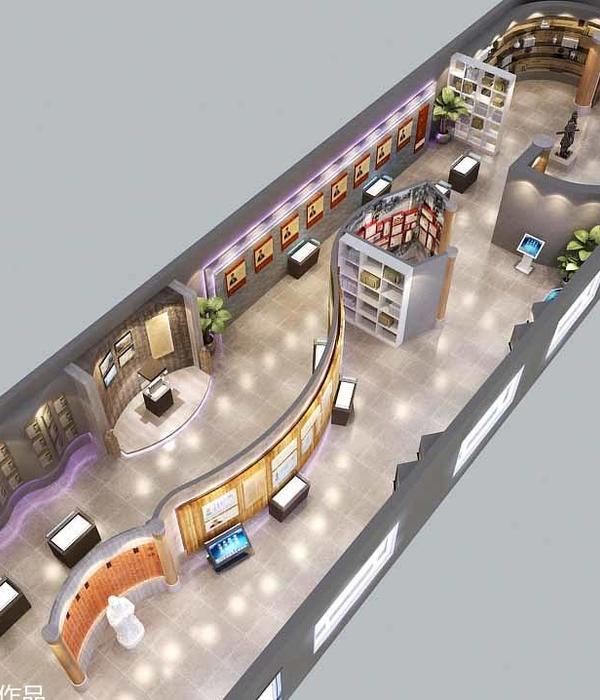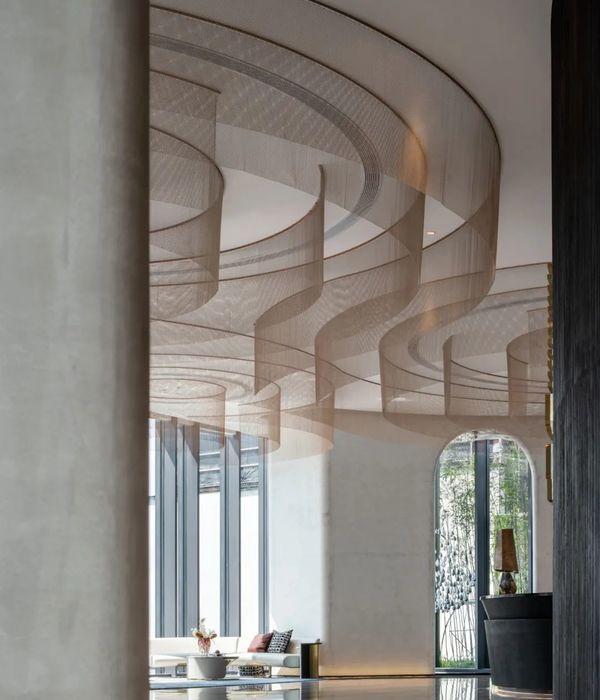未竟之美 | 探讨当代建筑的进化与转变
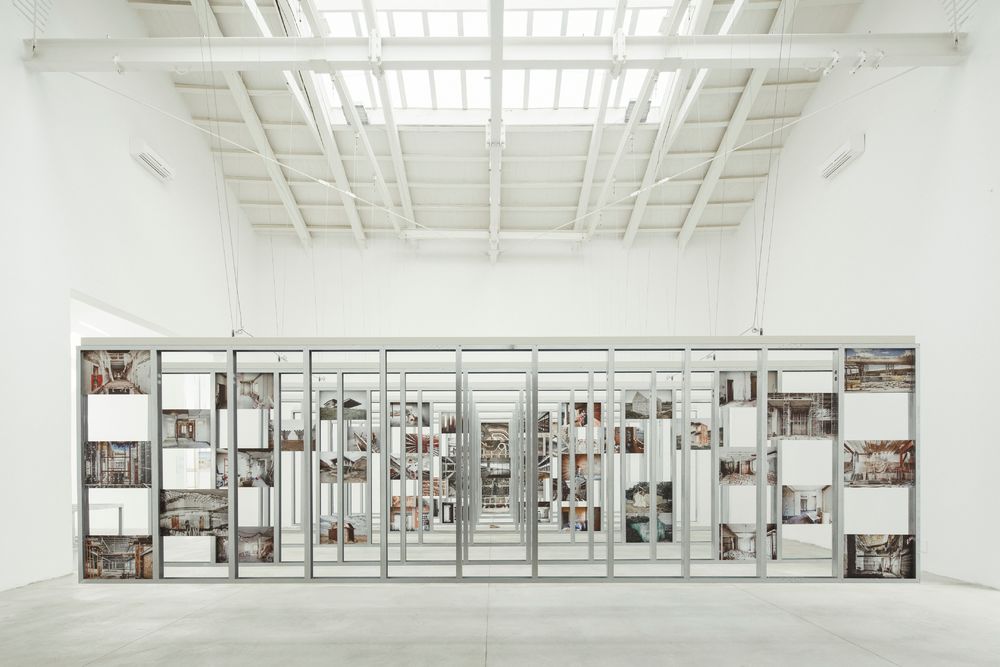
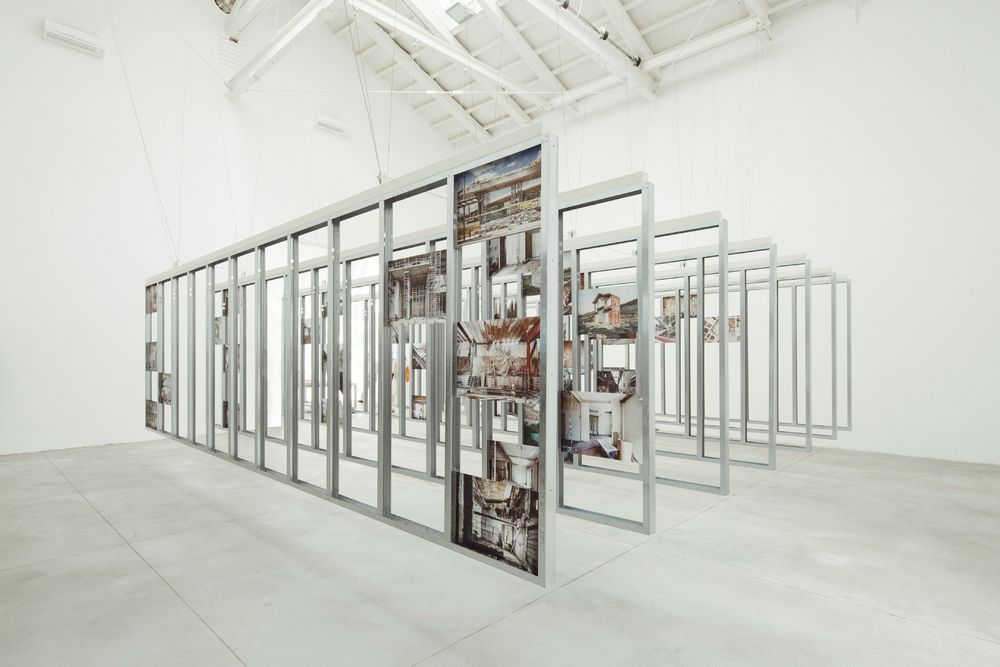
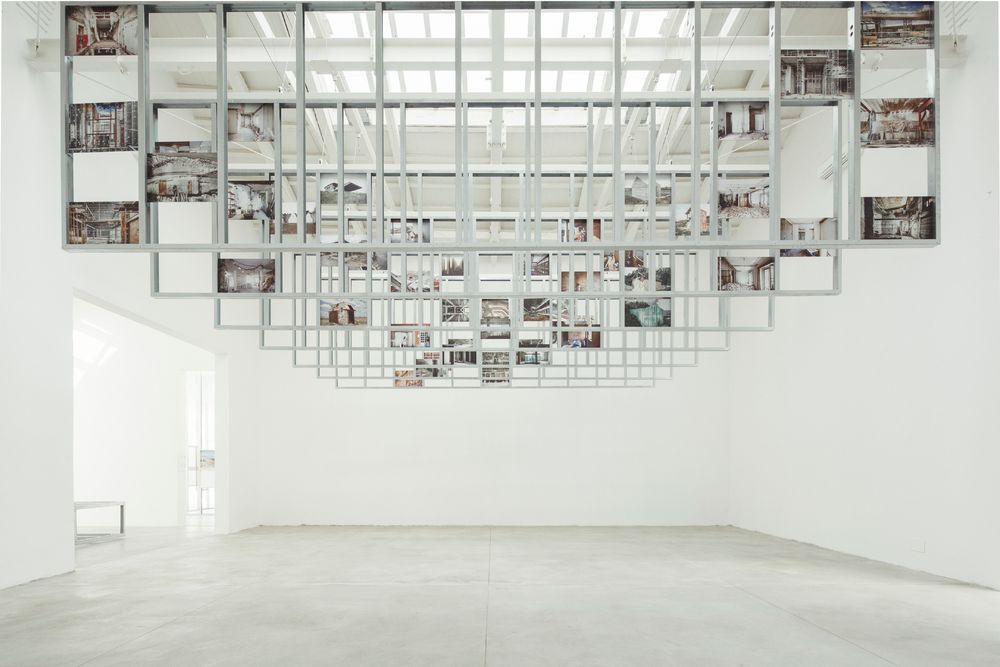

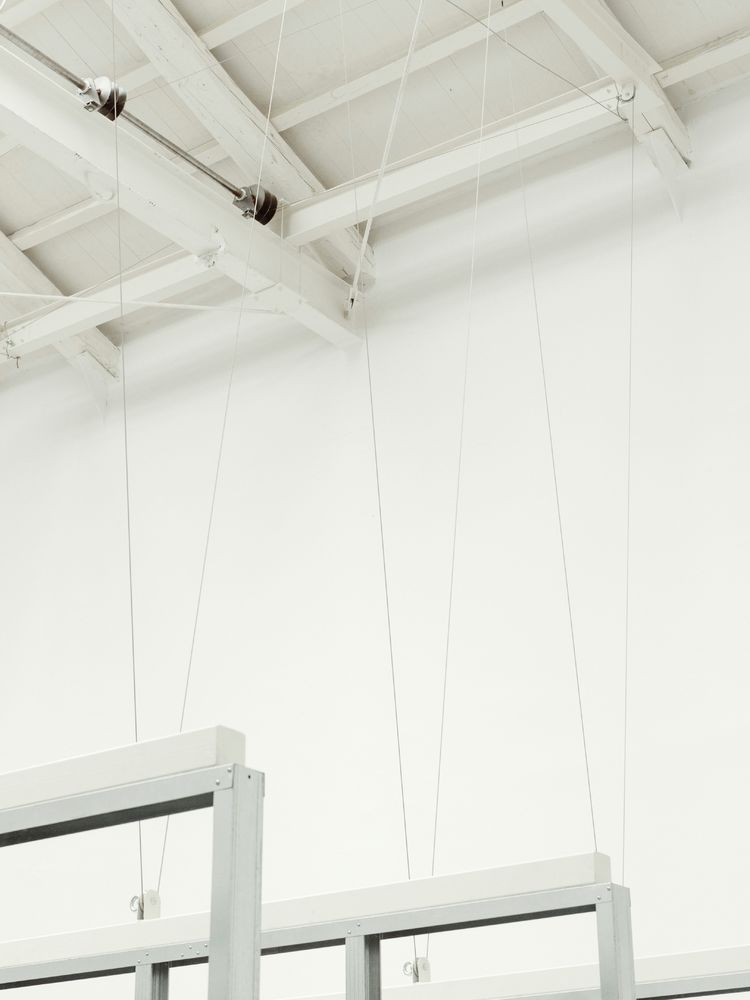

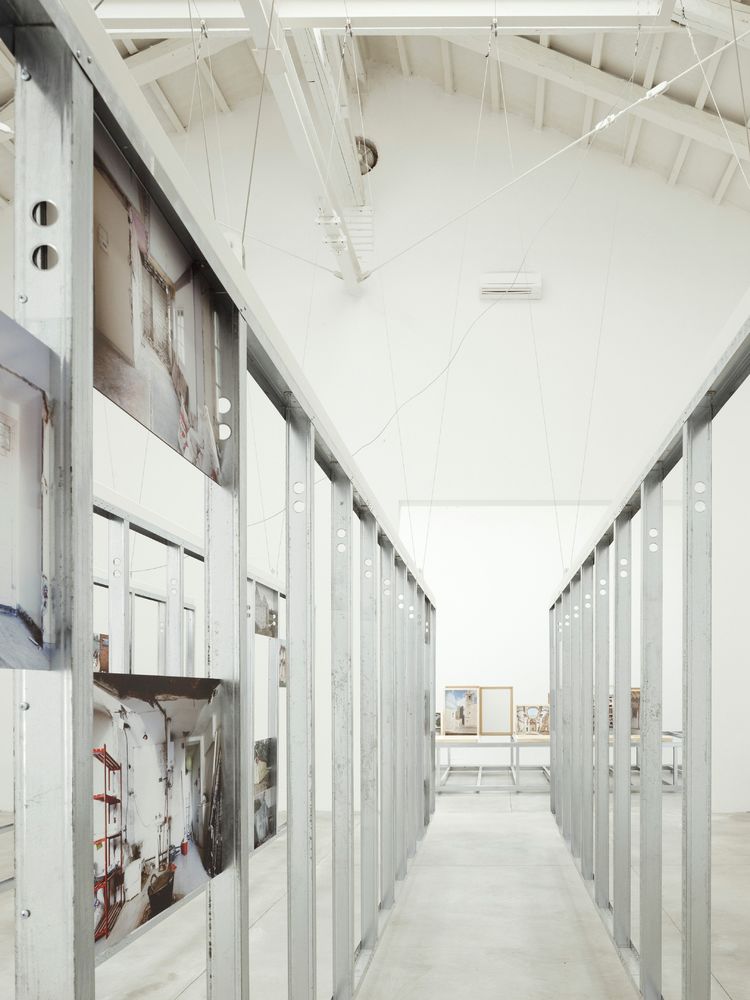
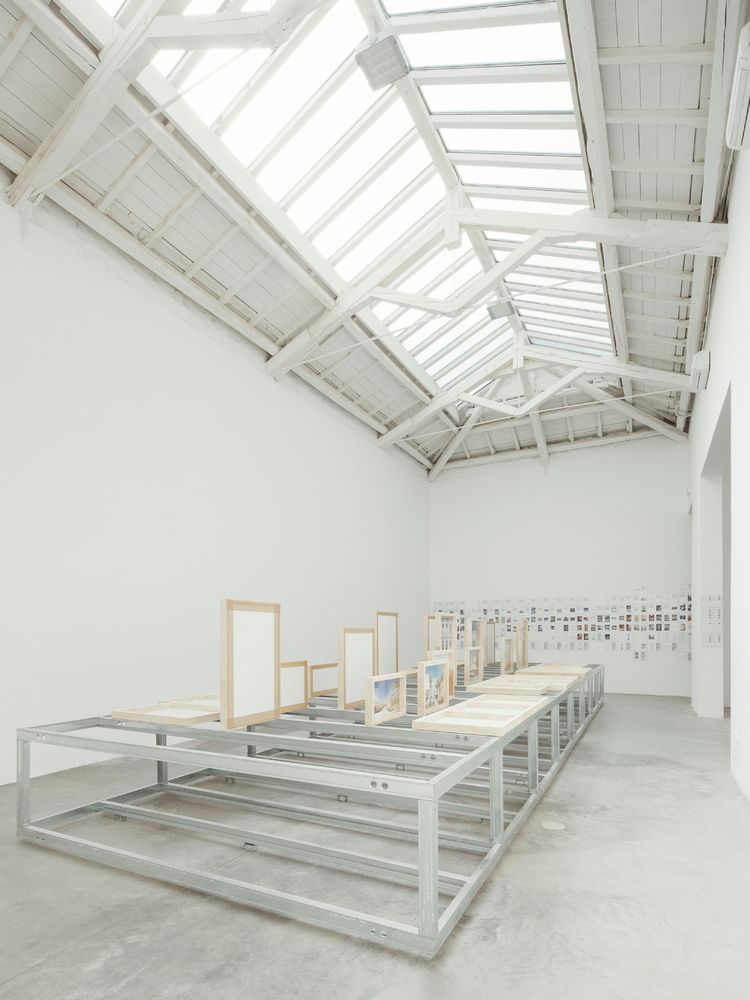
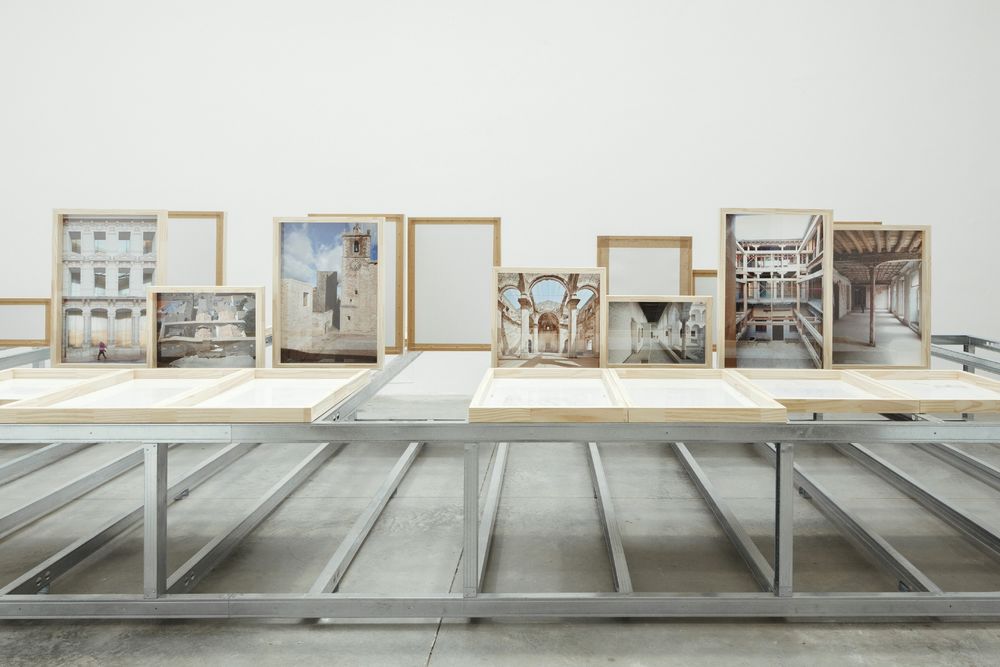
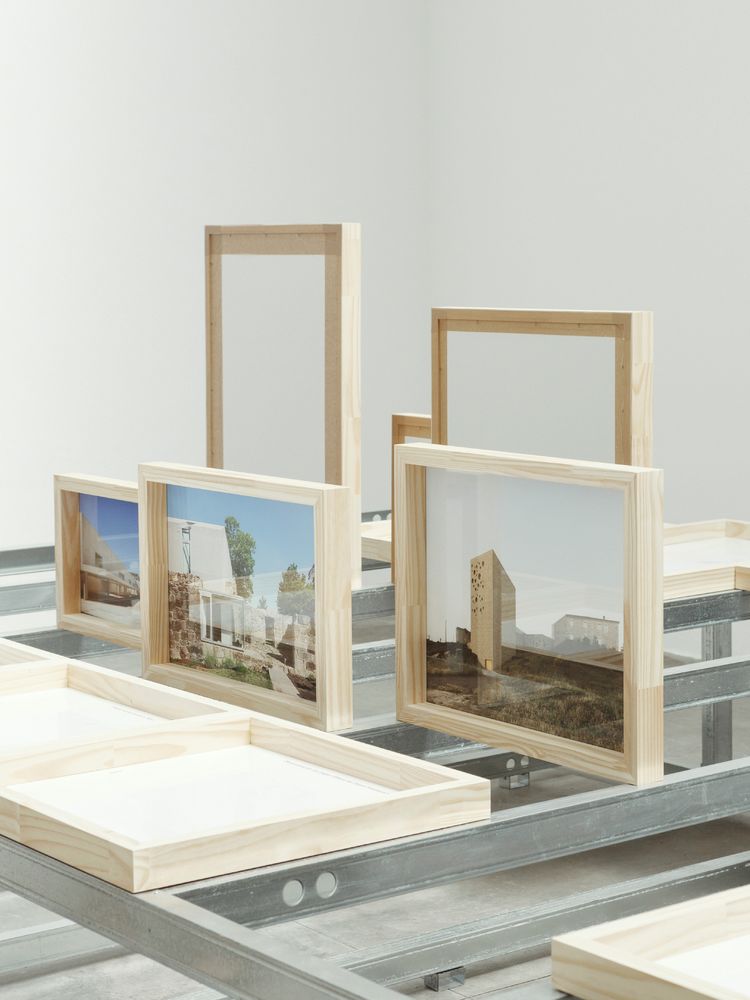
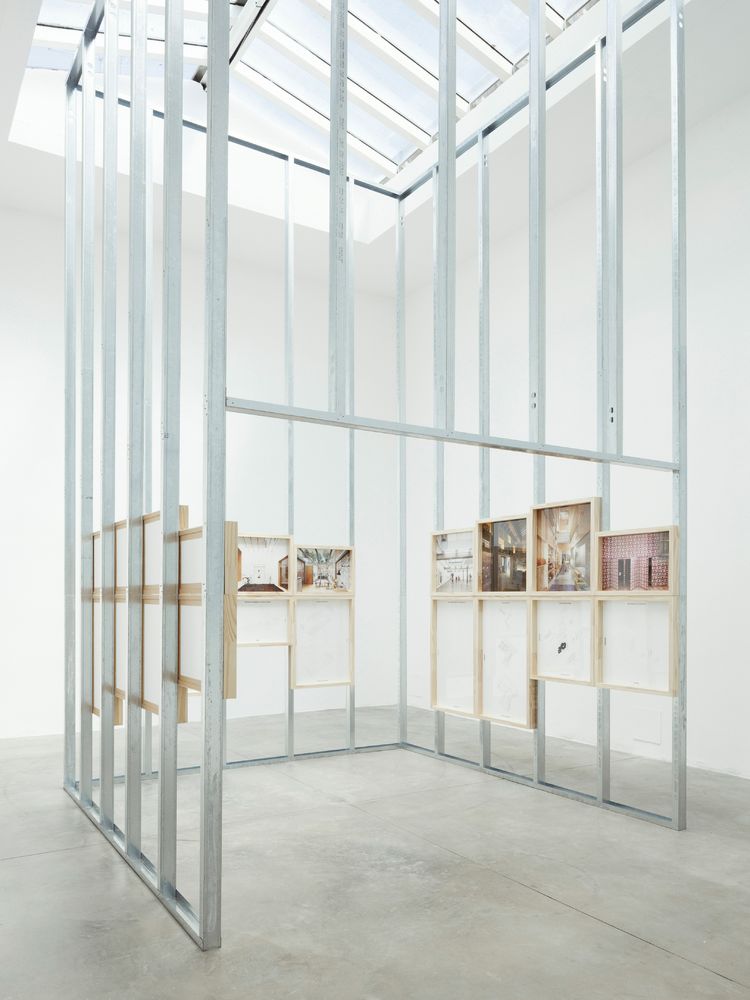
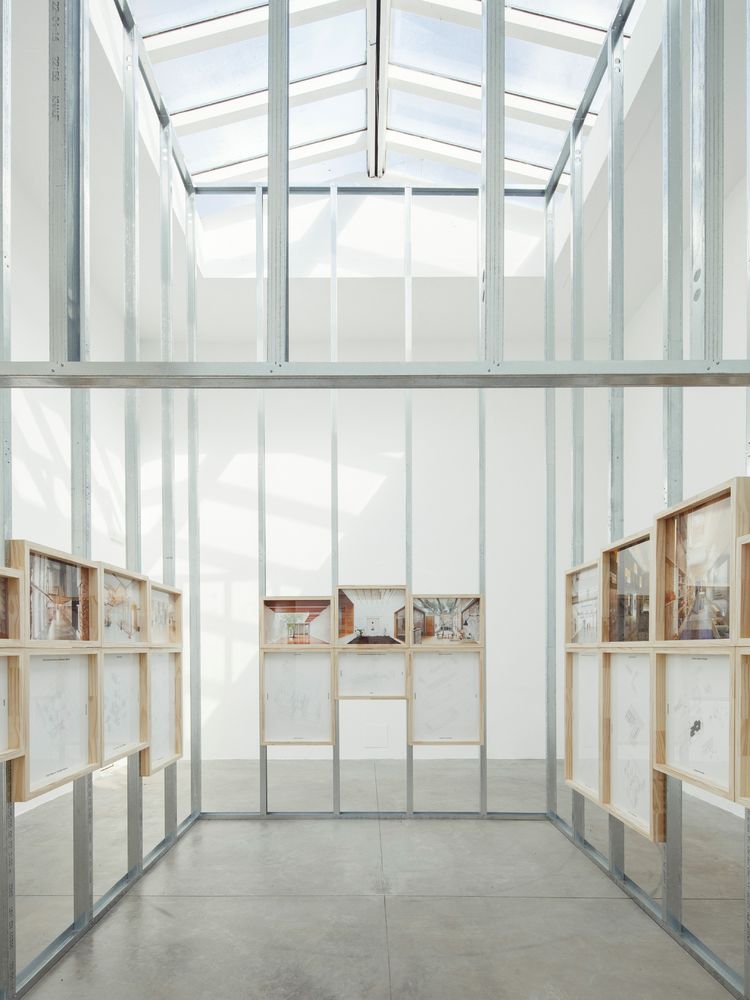

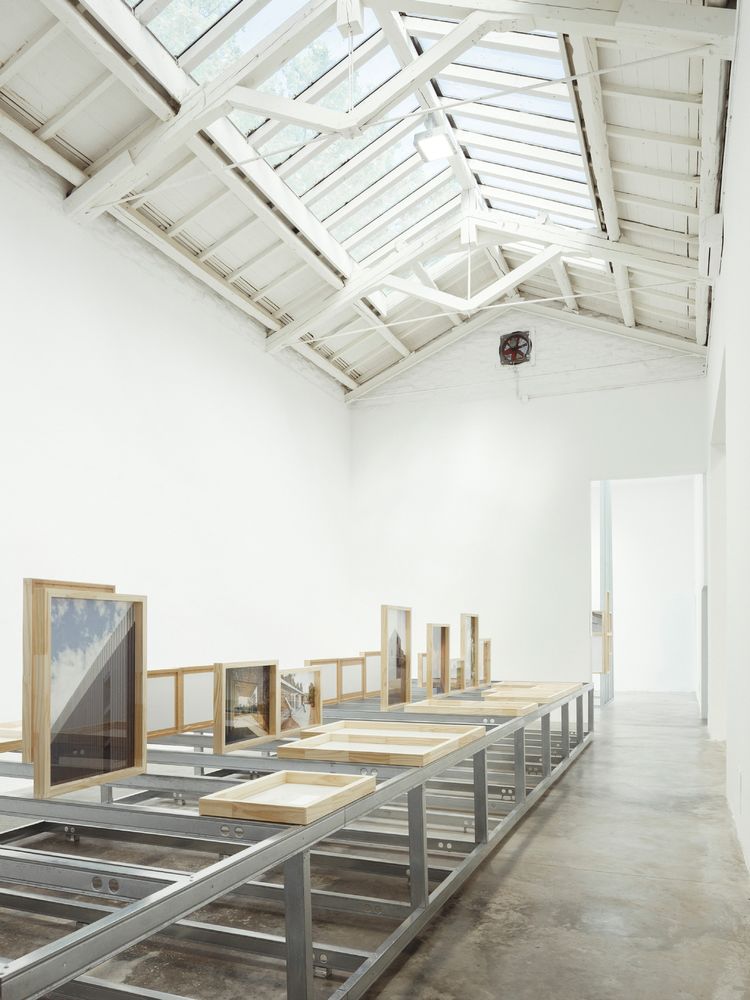
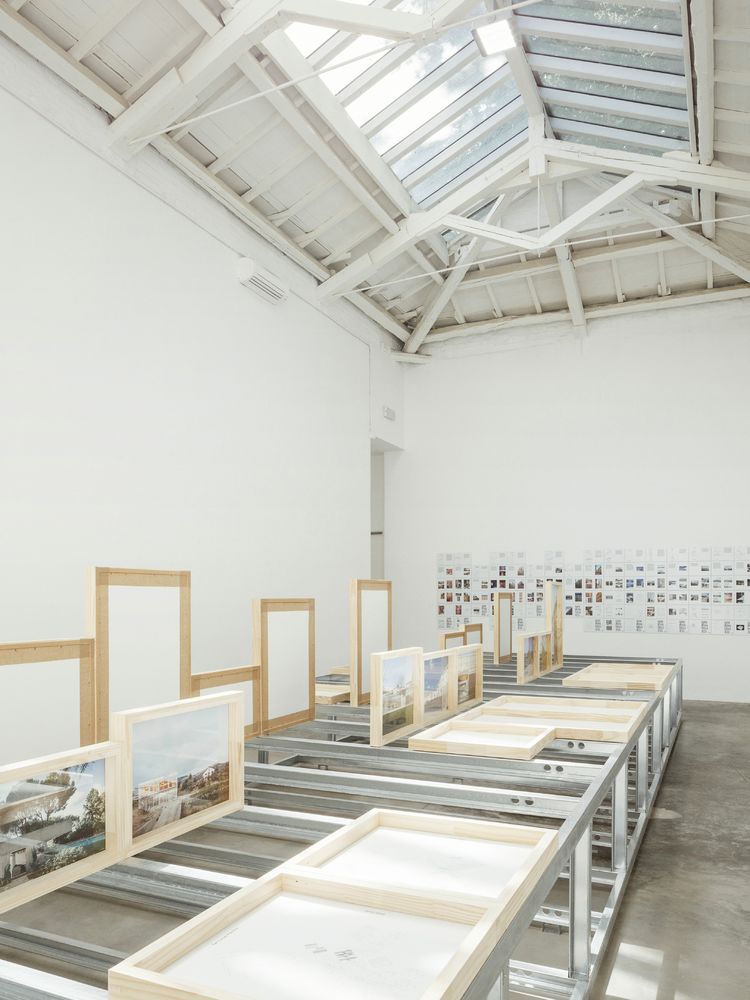
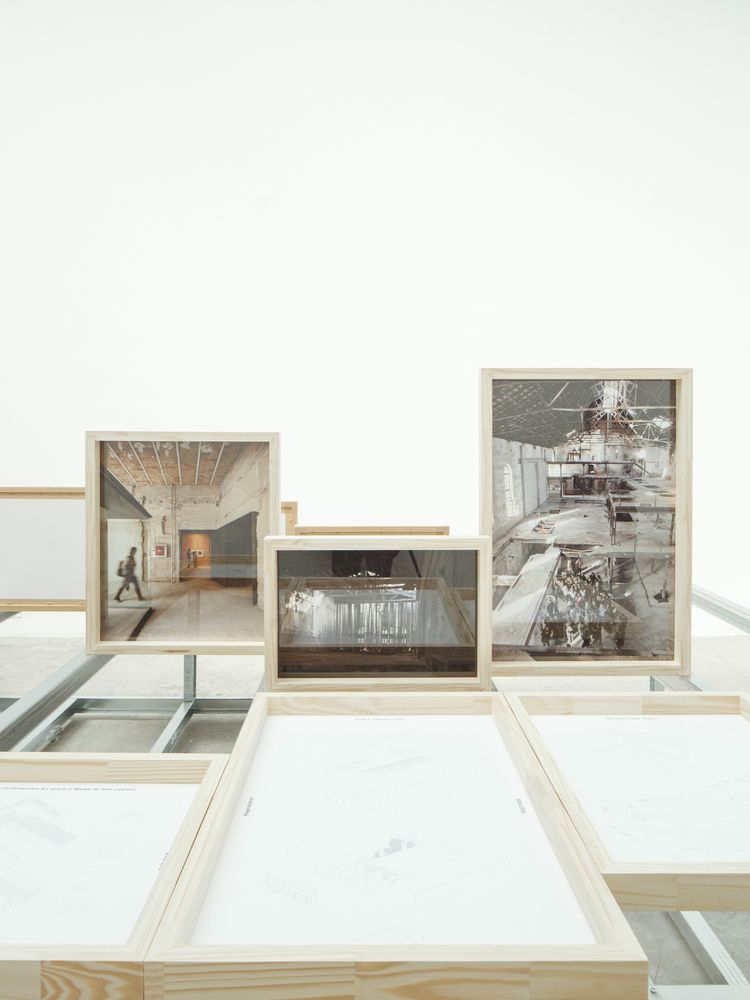
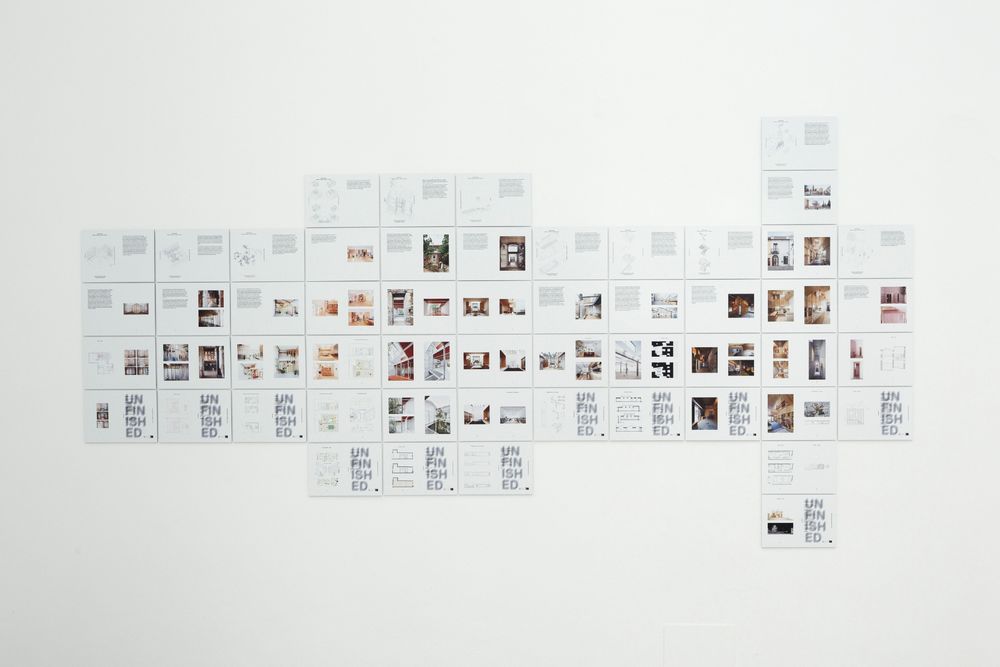
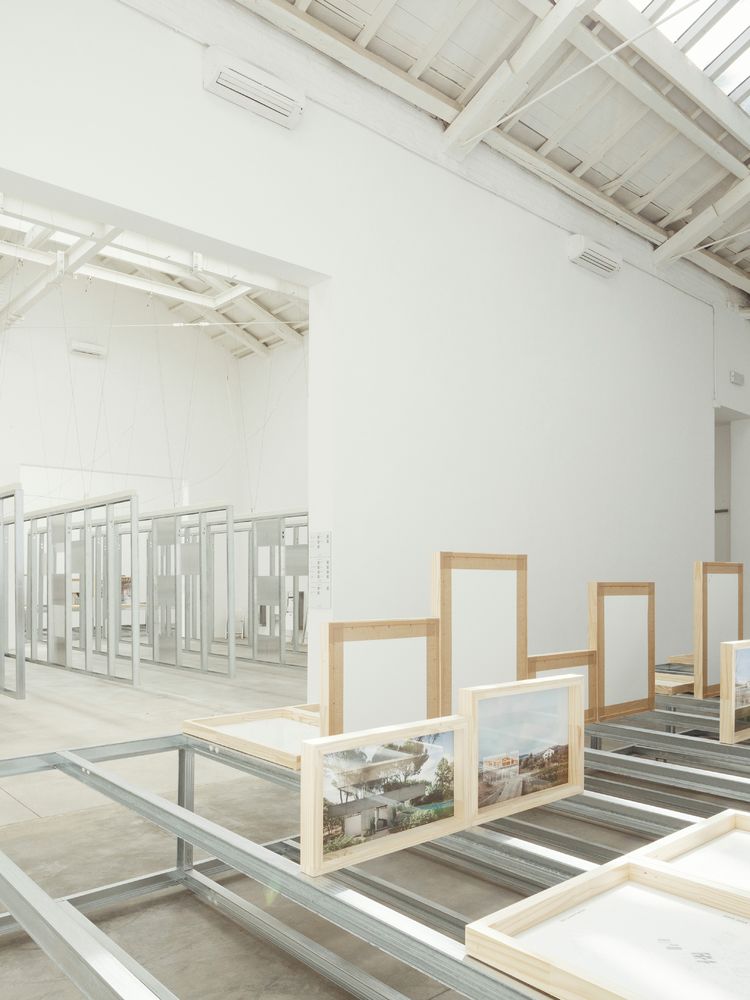
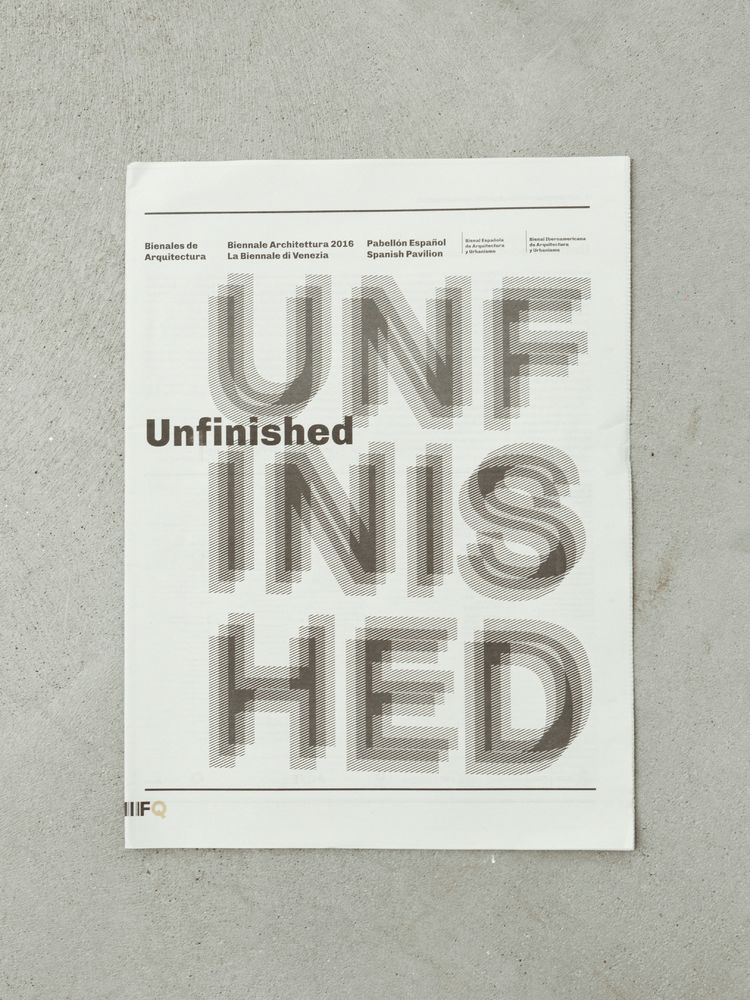
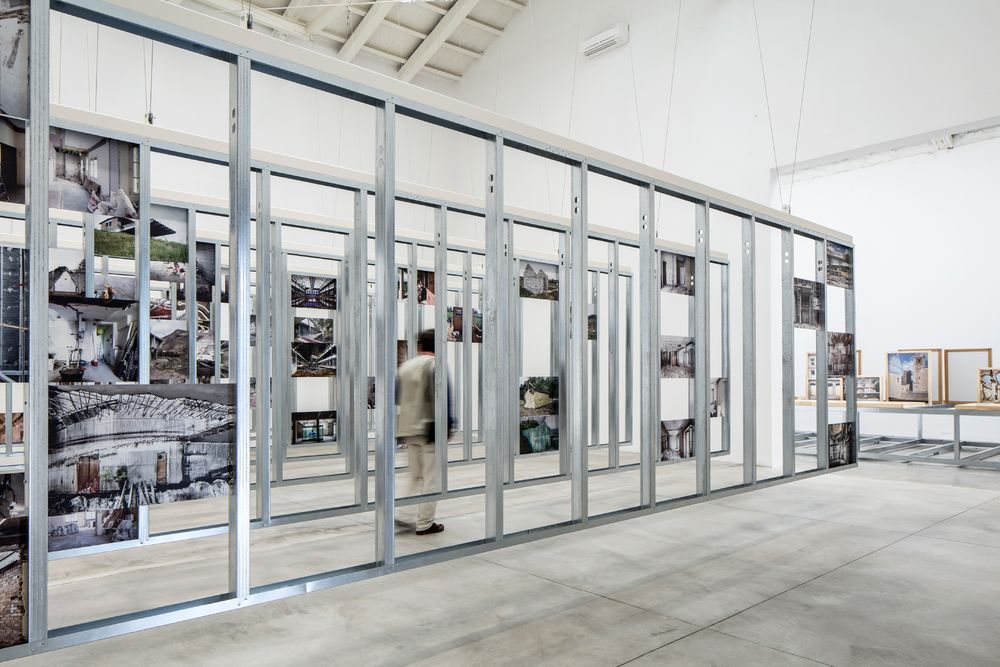
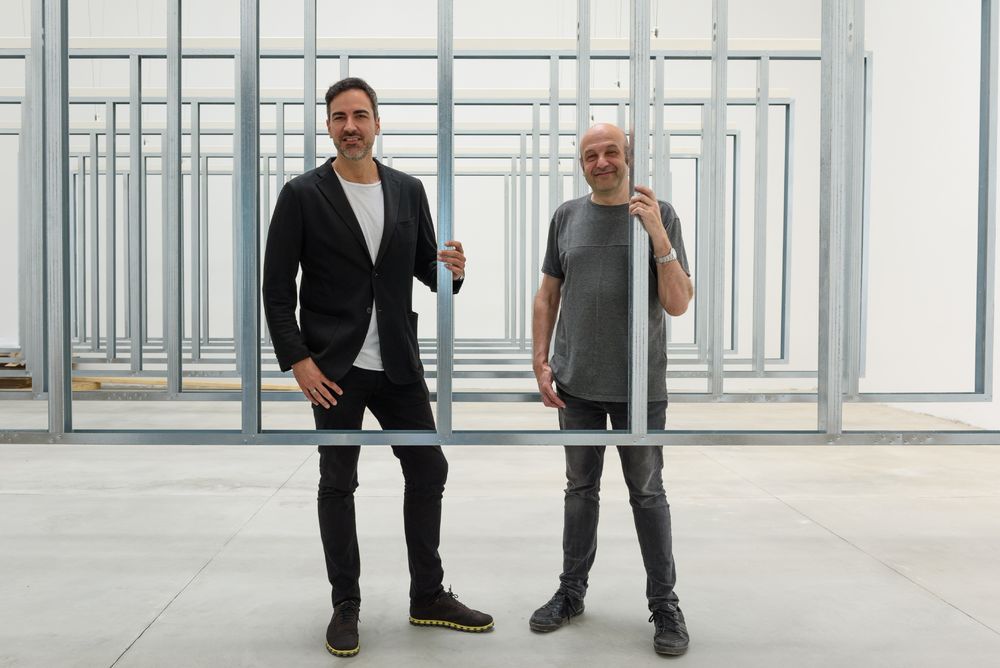
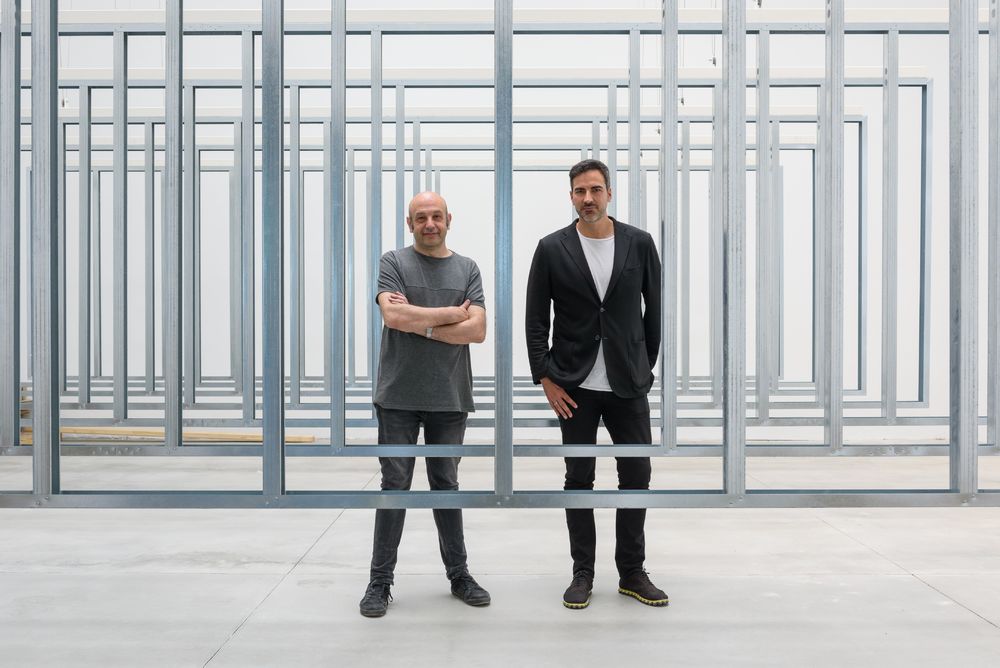
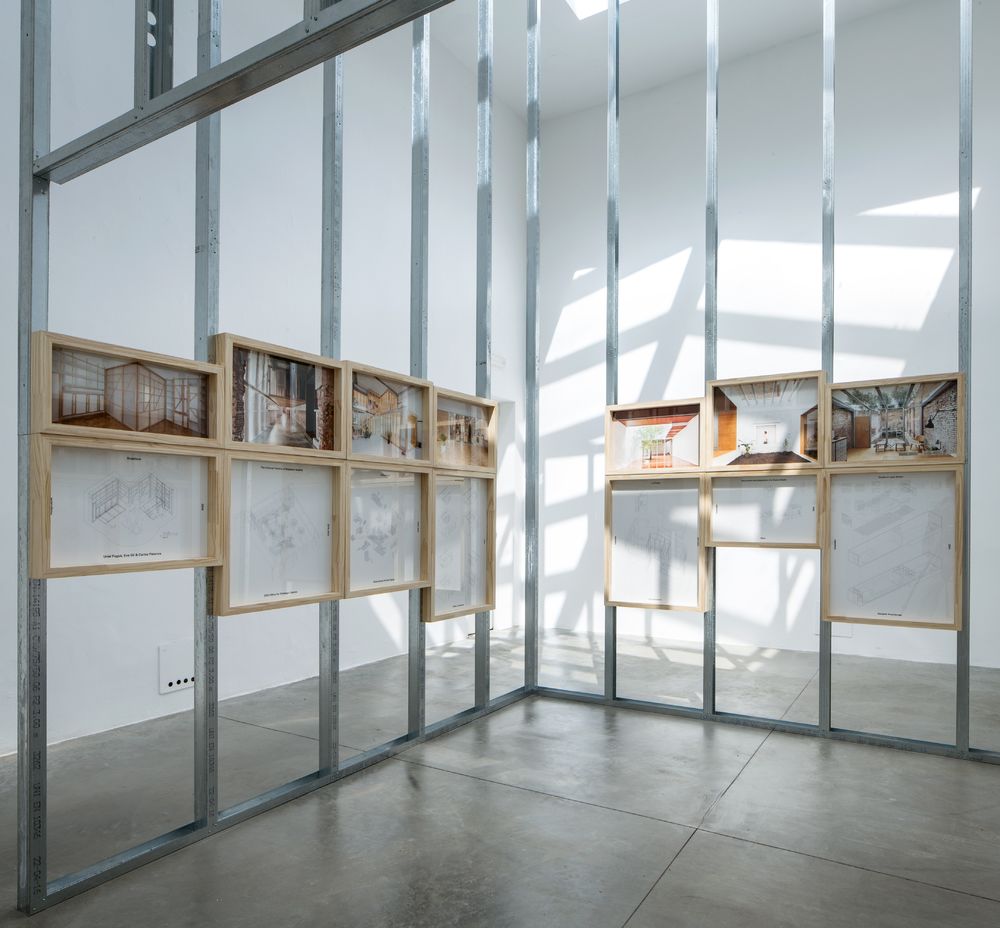
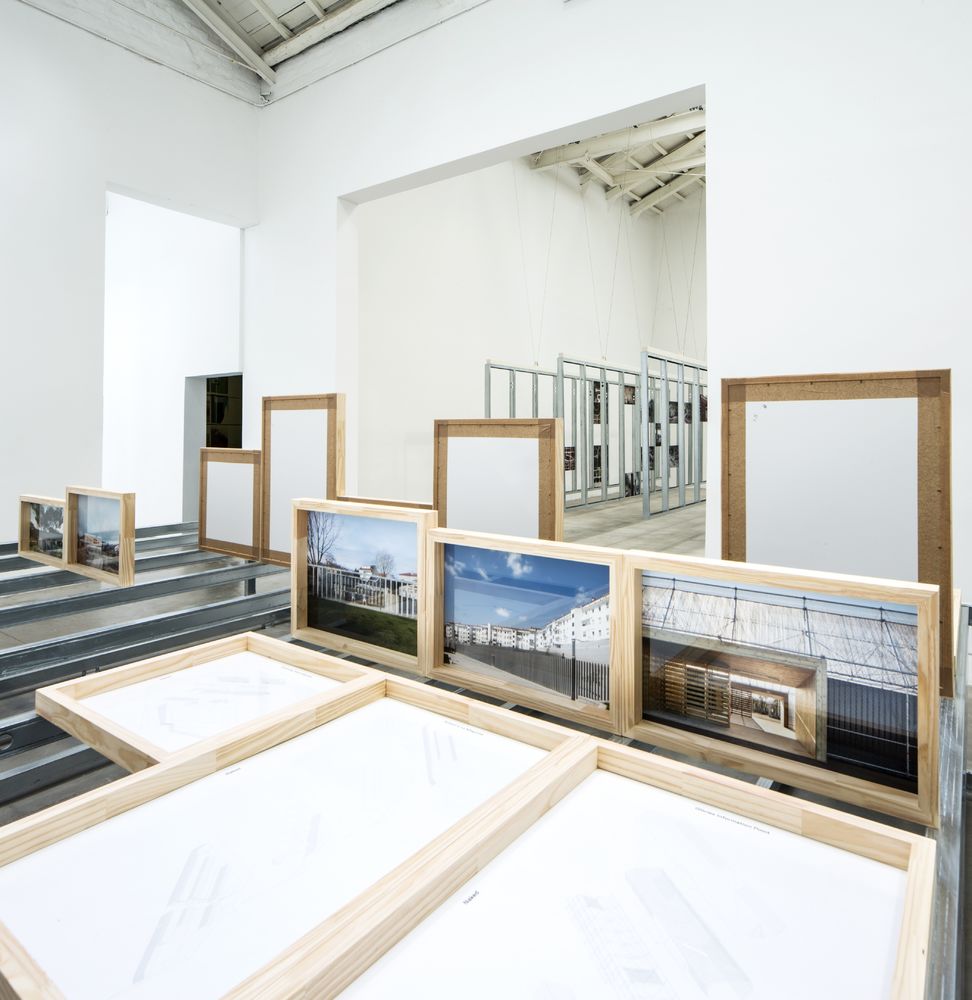
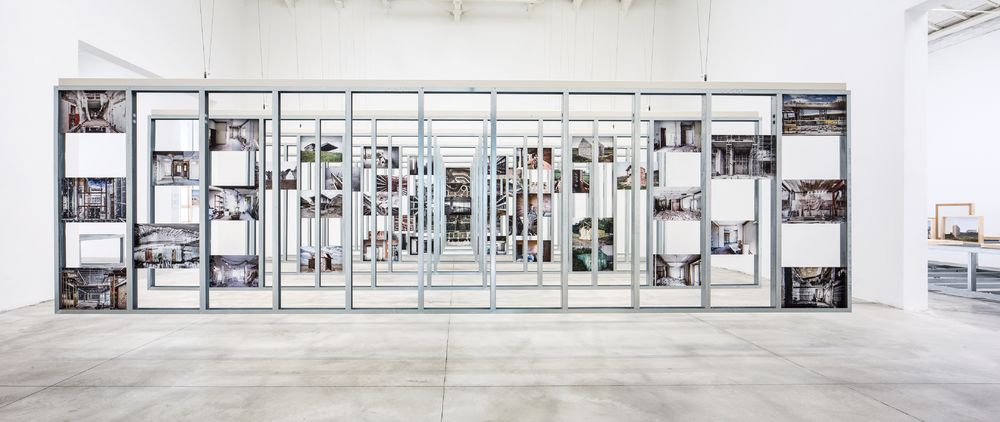
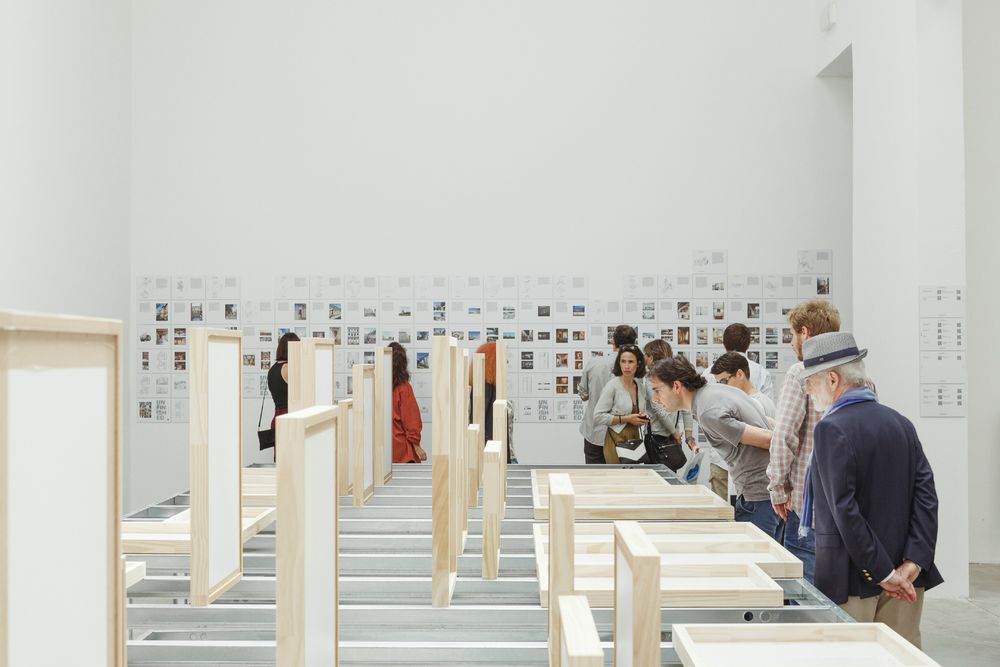
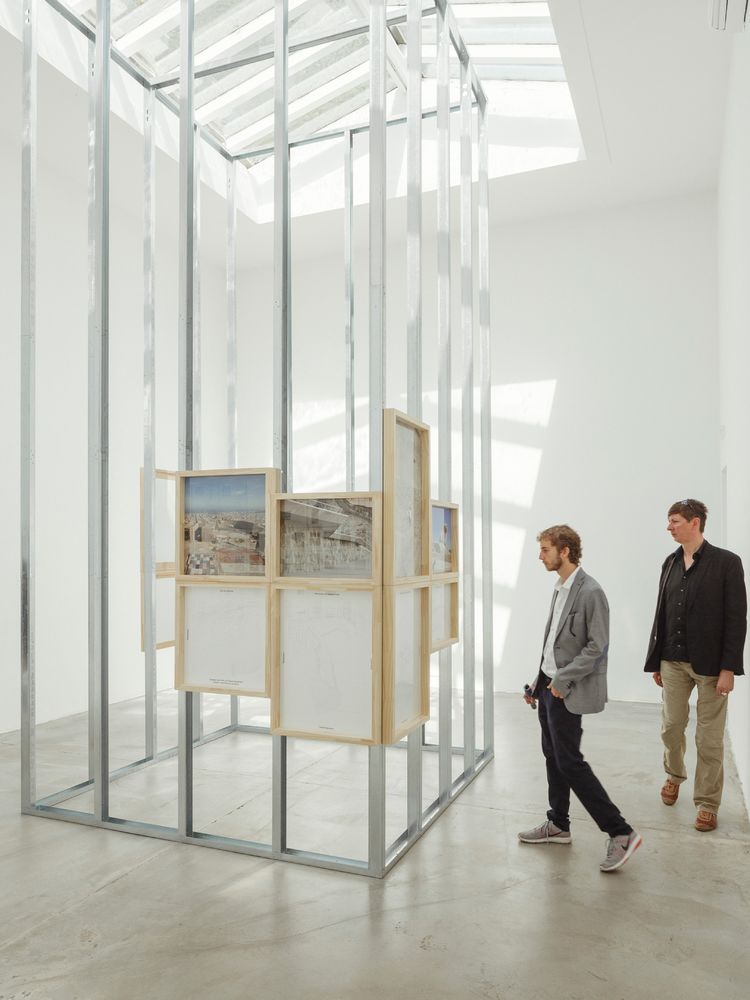
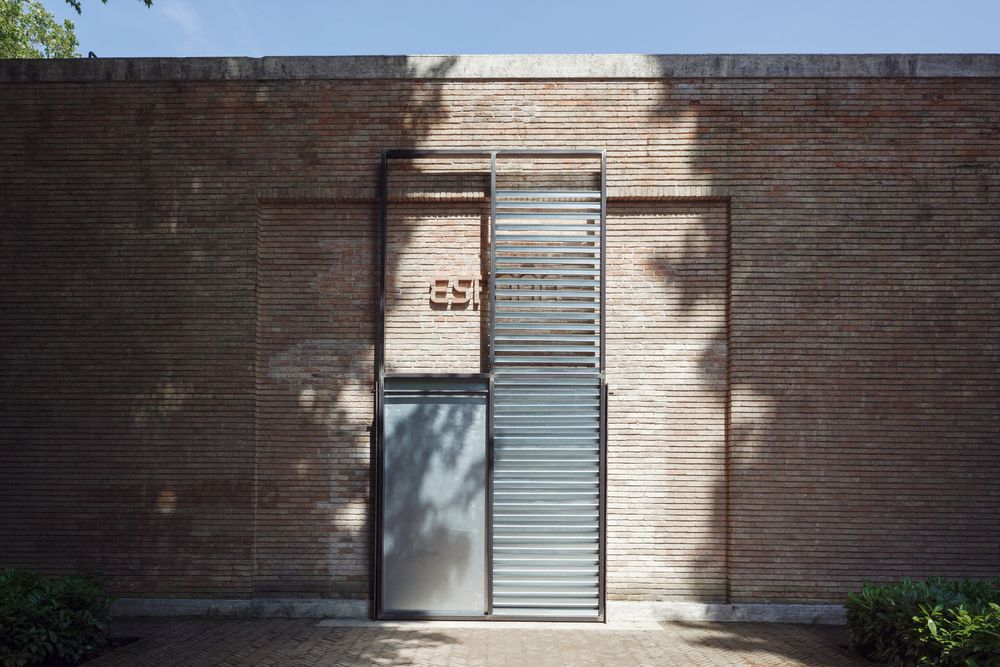
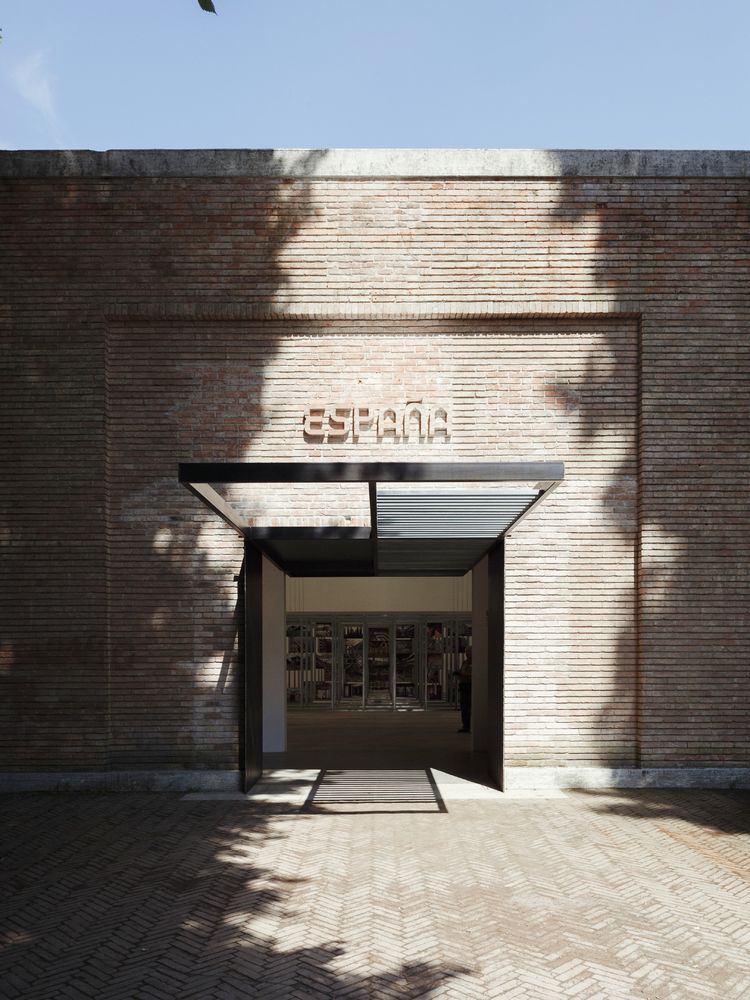
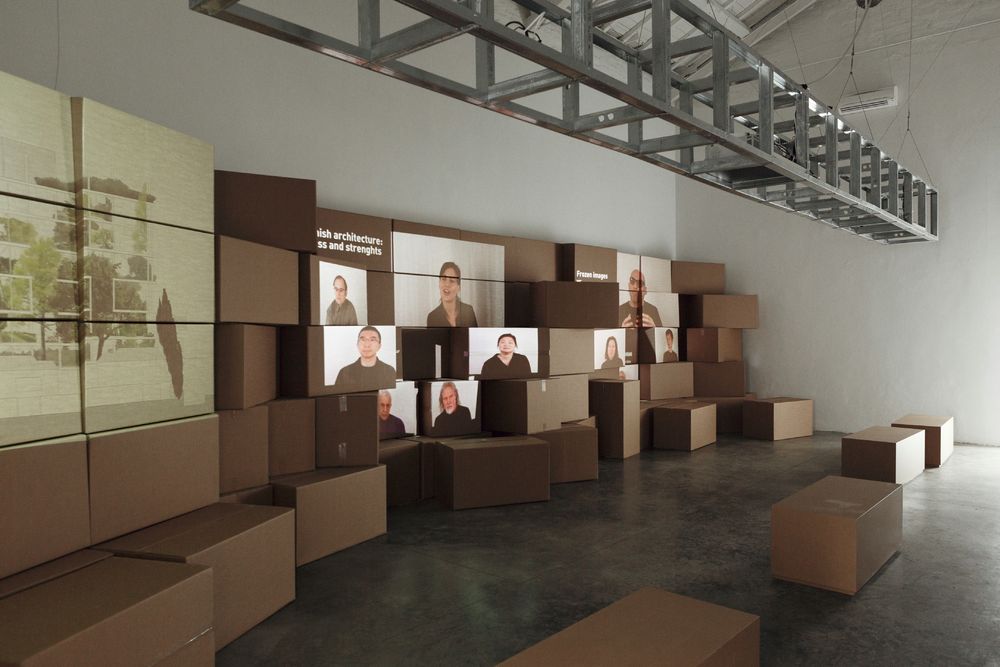
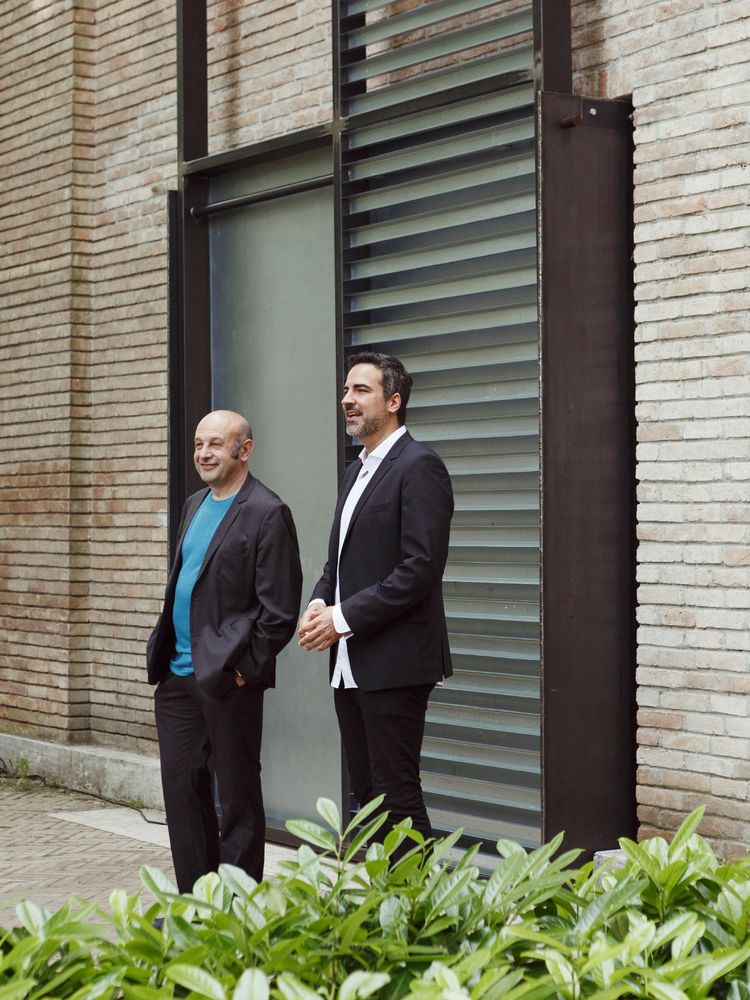

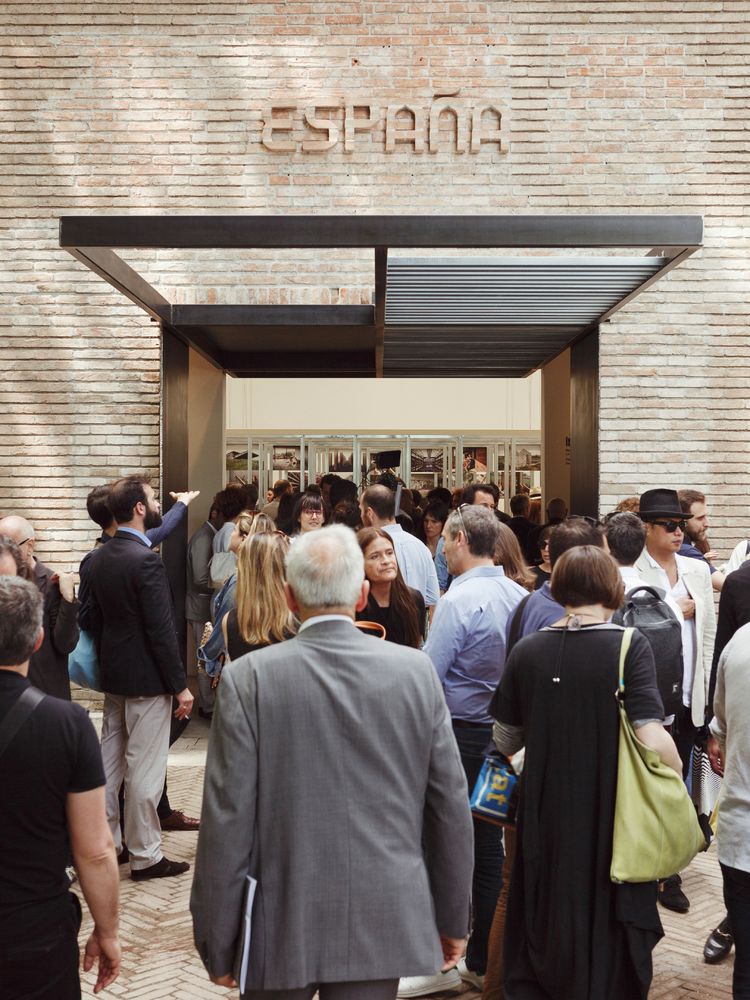
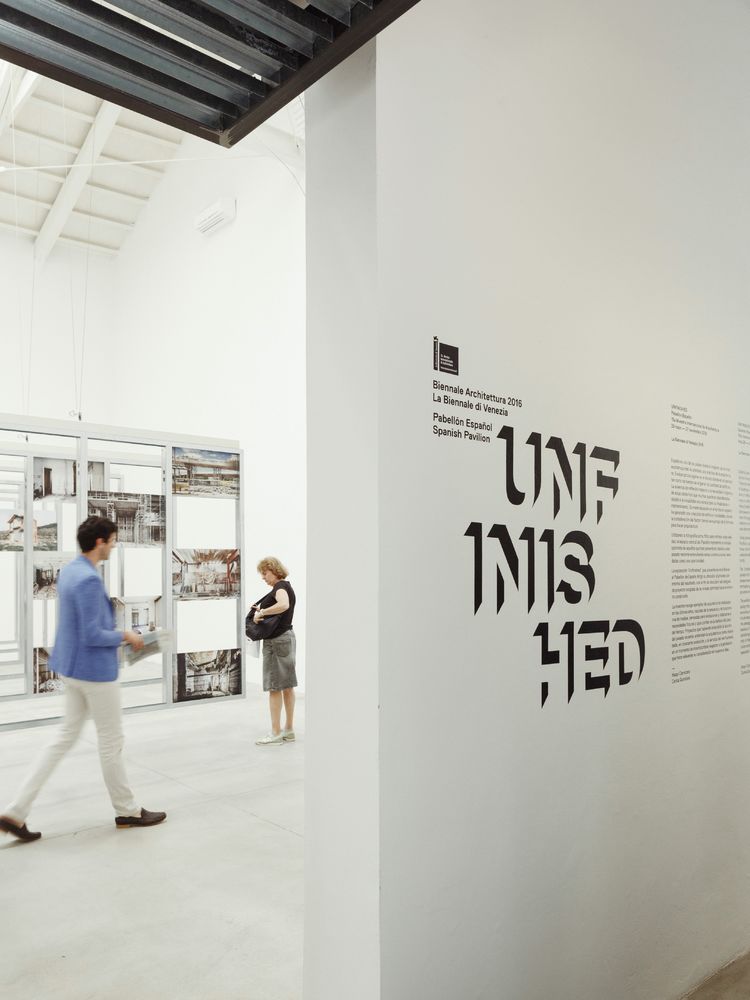
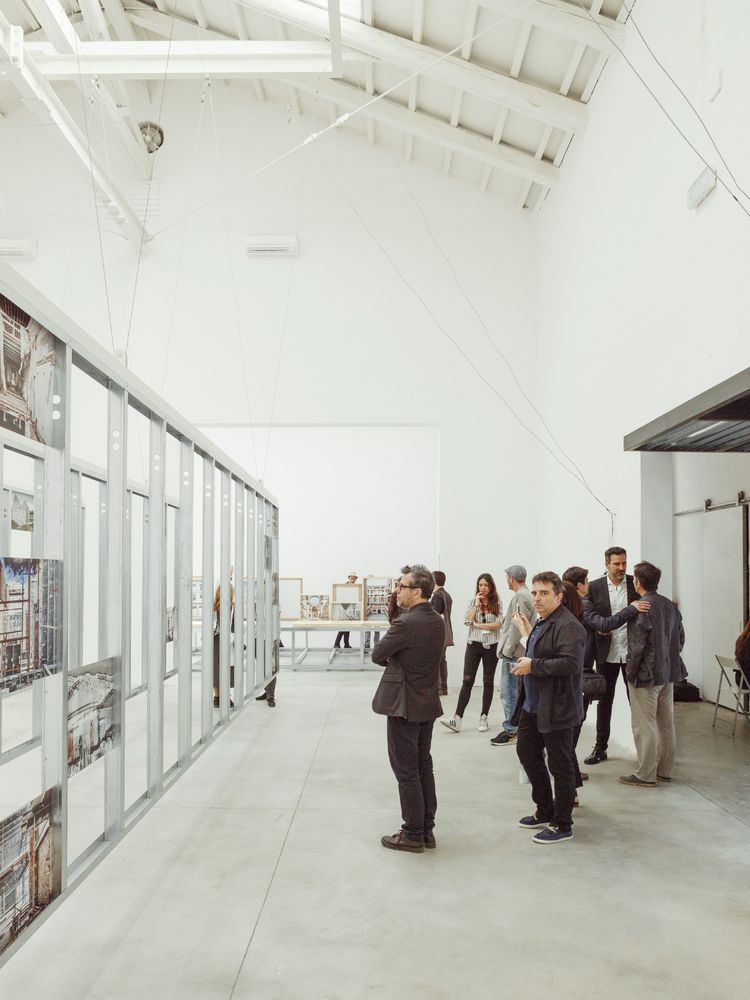
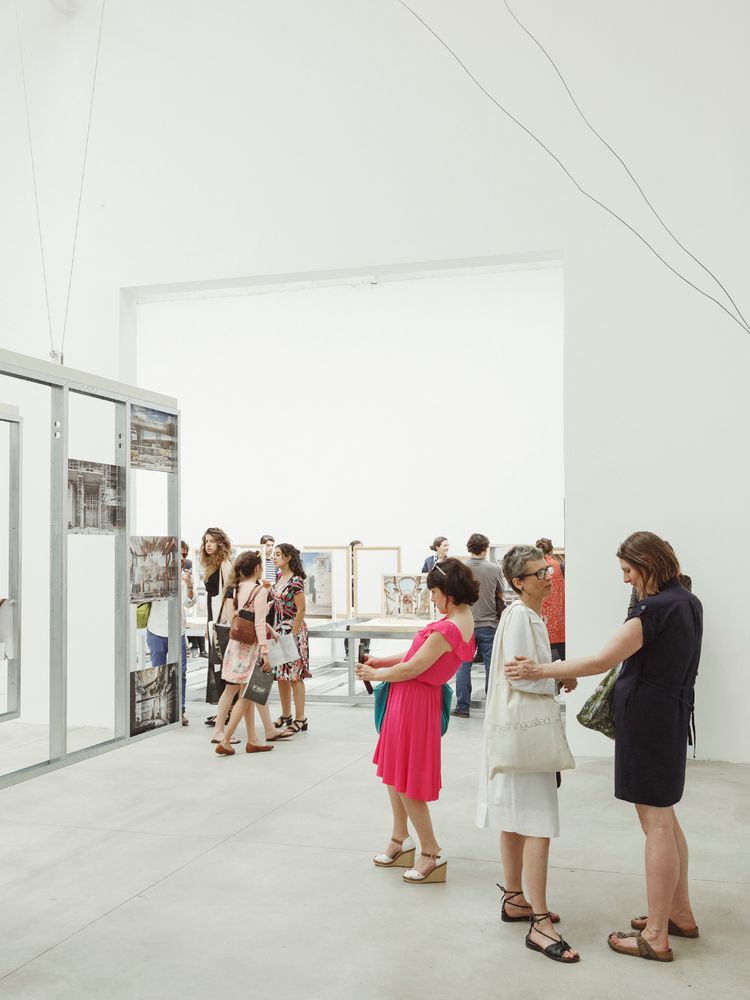
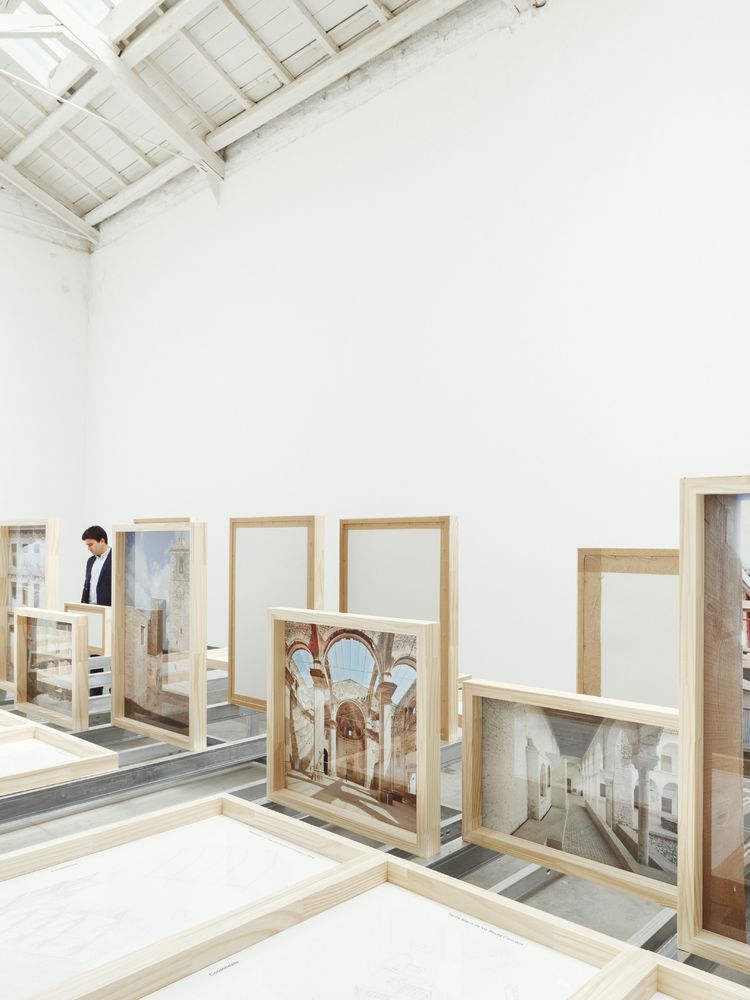
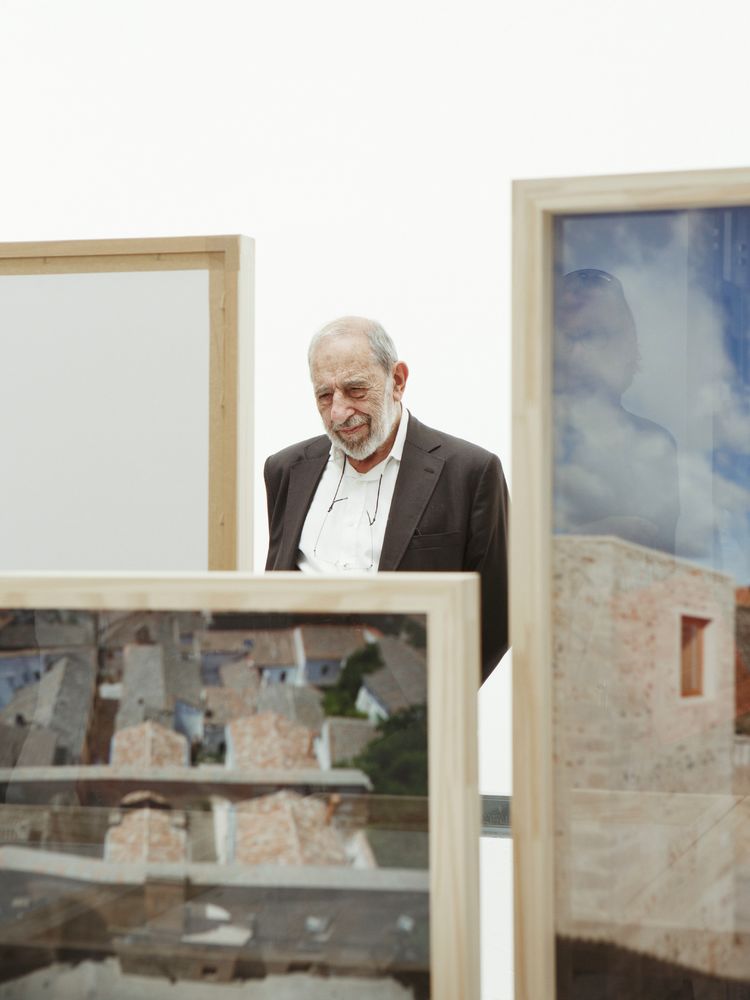
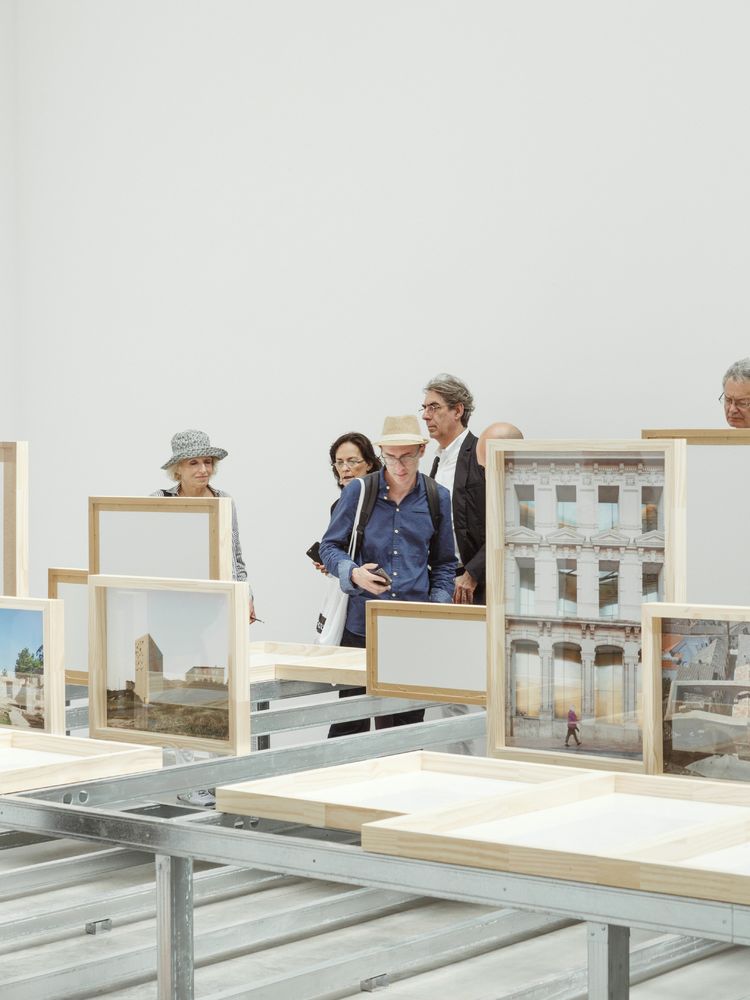
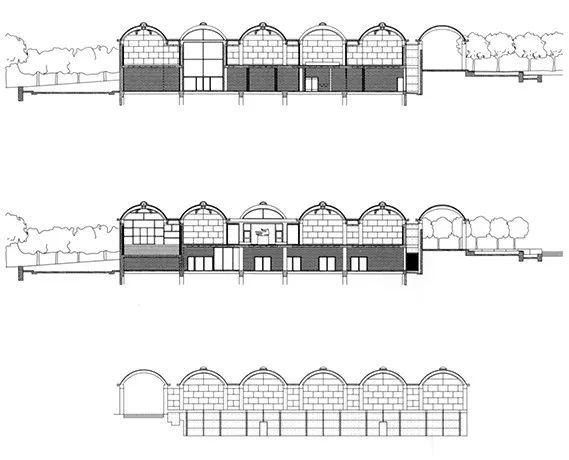
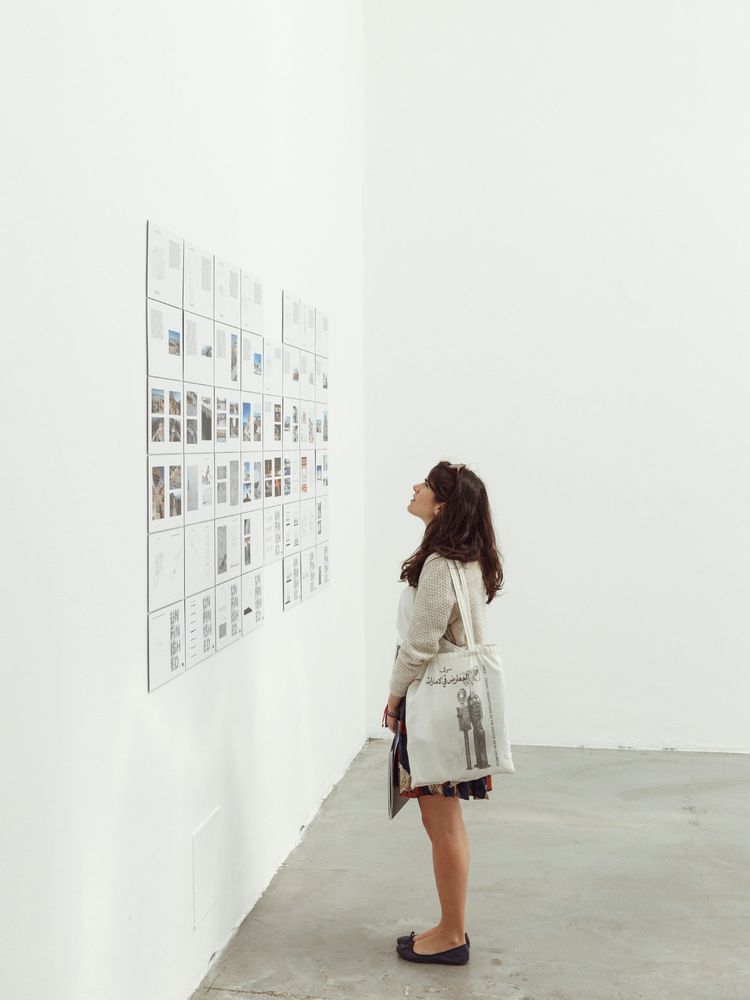
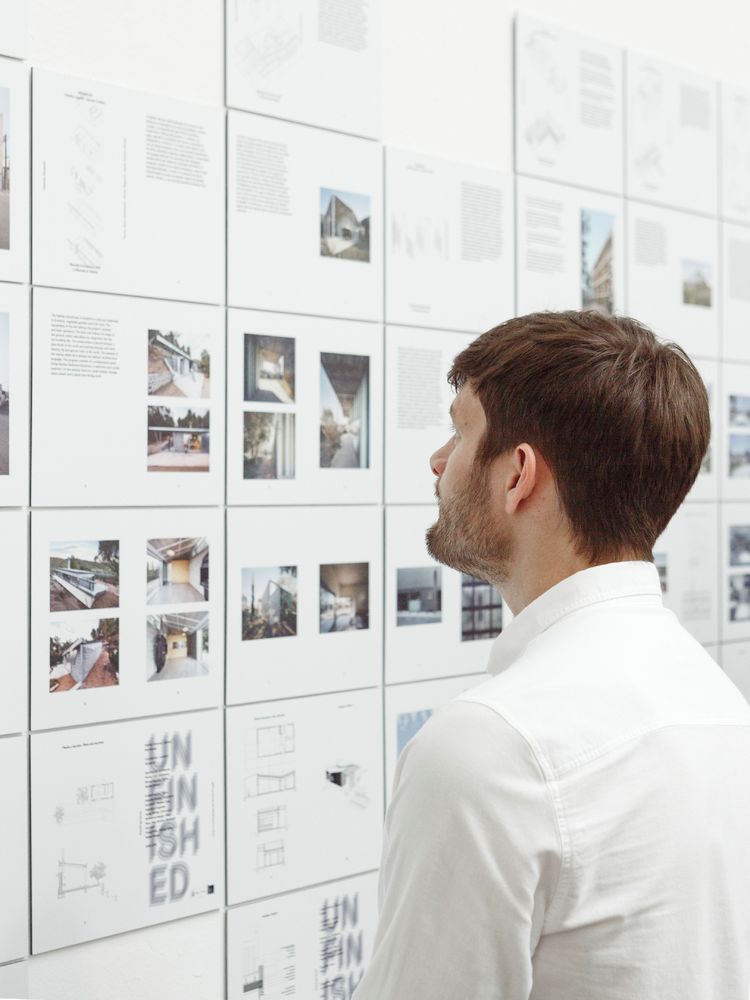
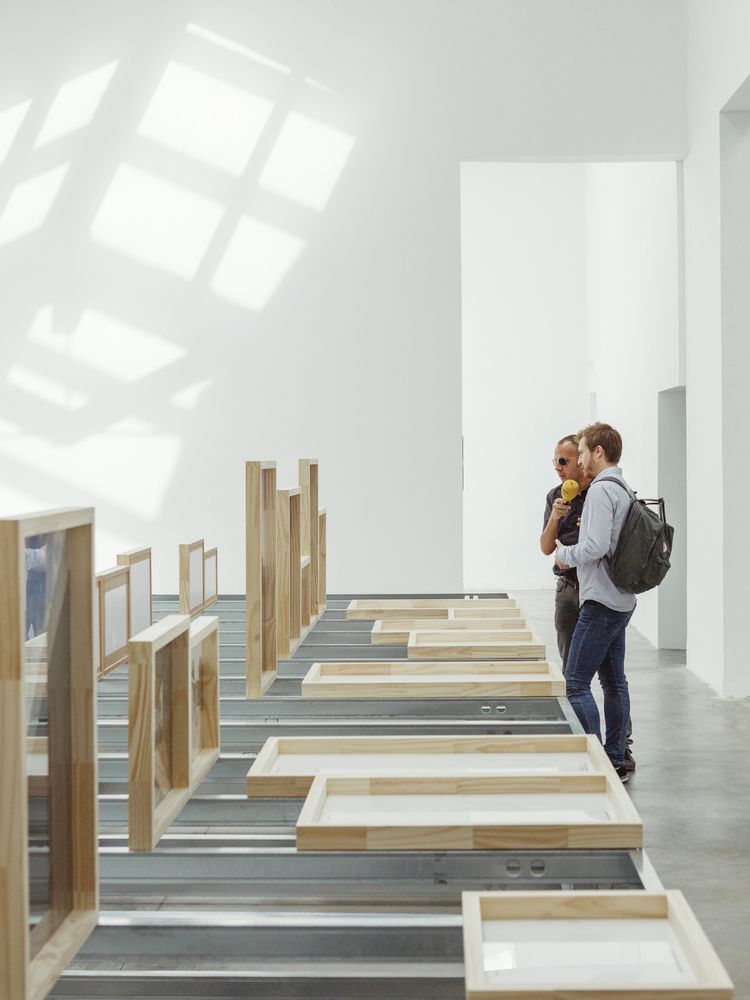
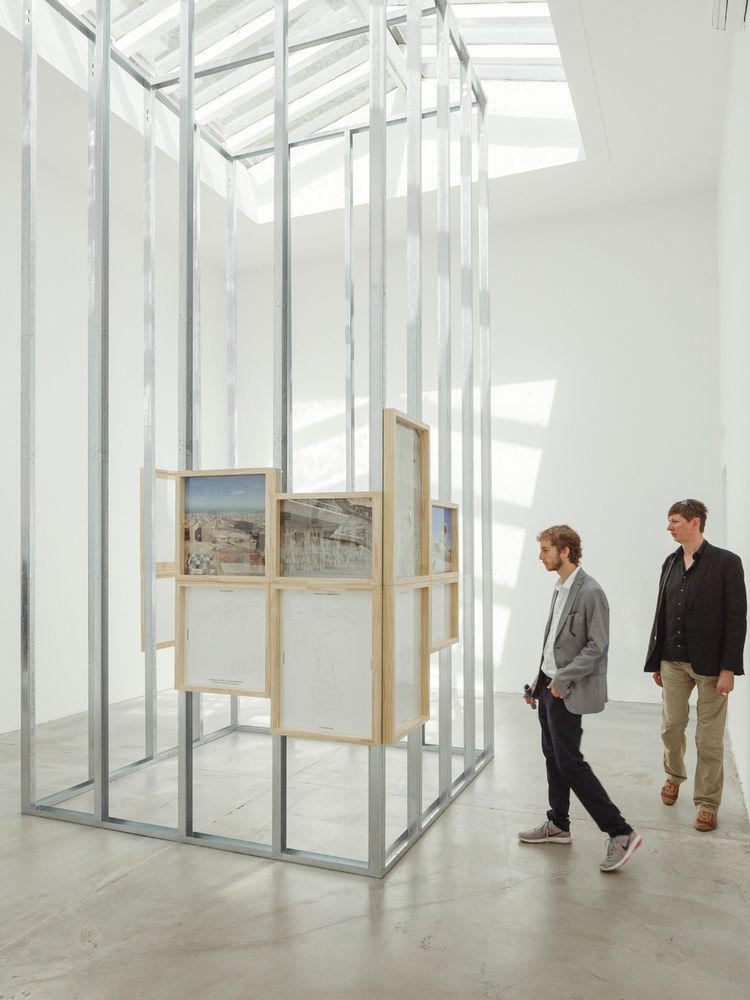
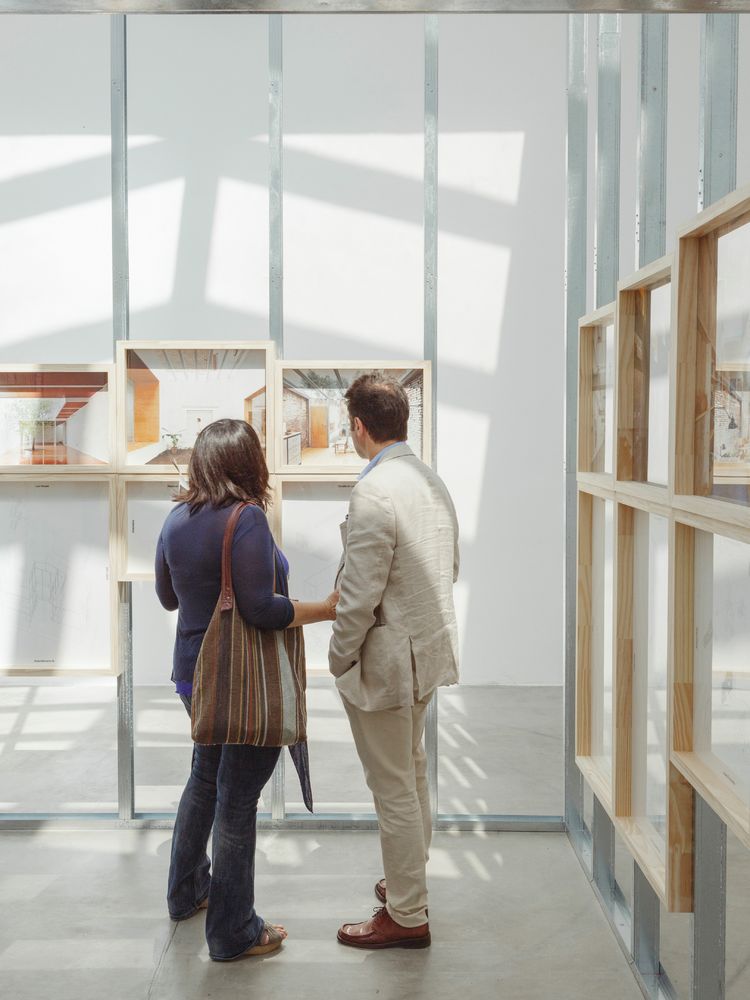
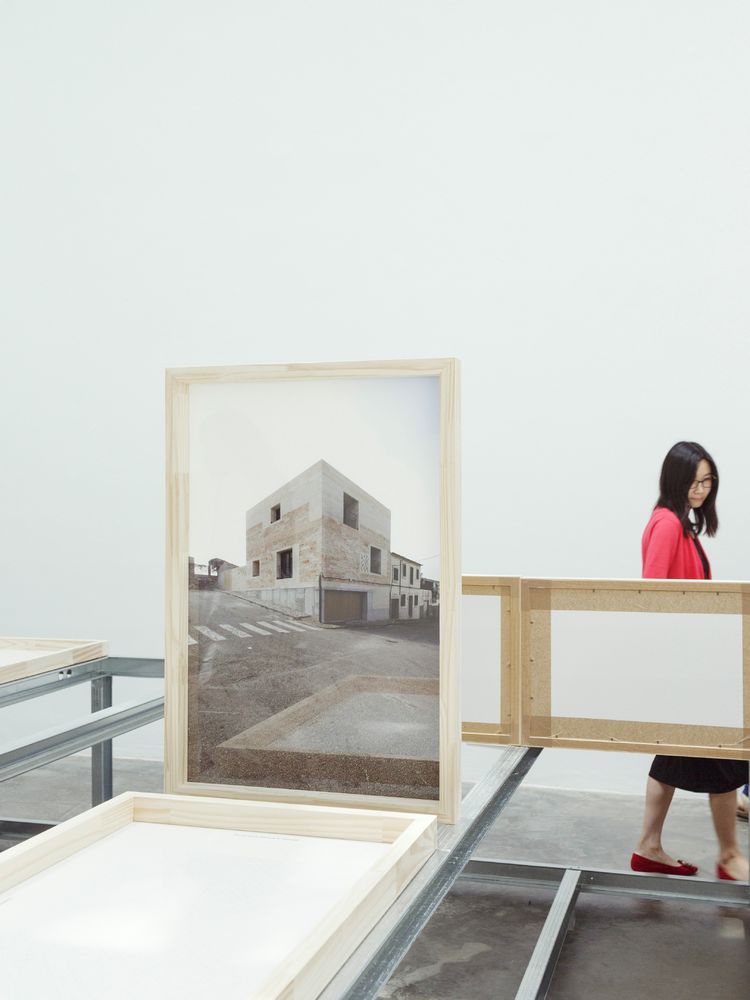
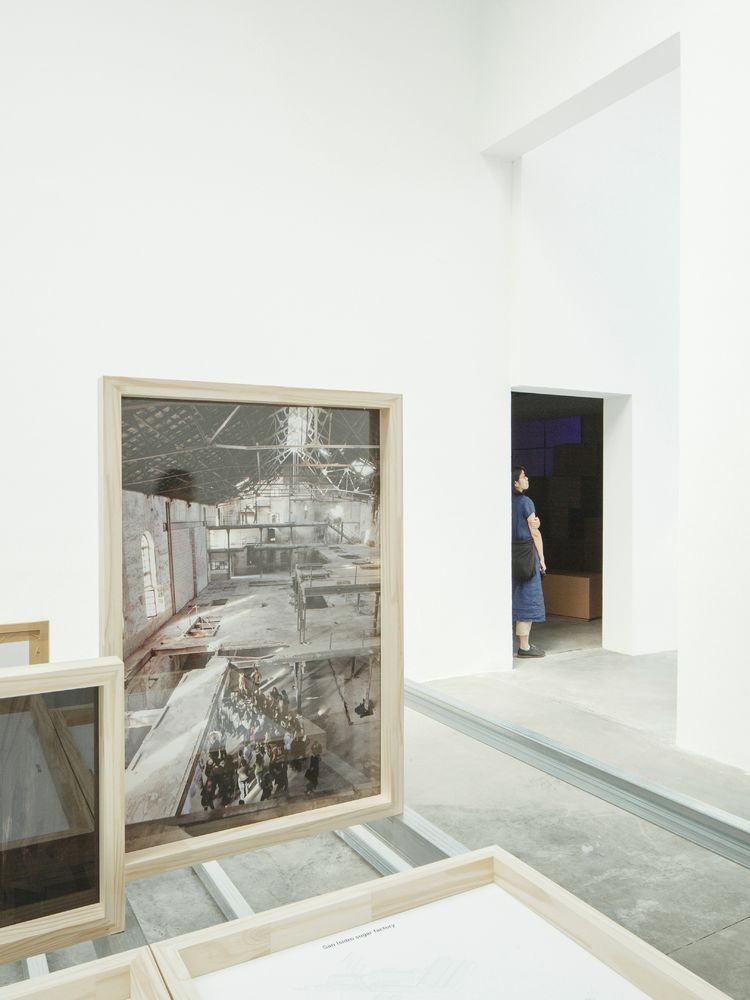
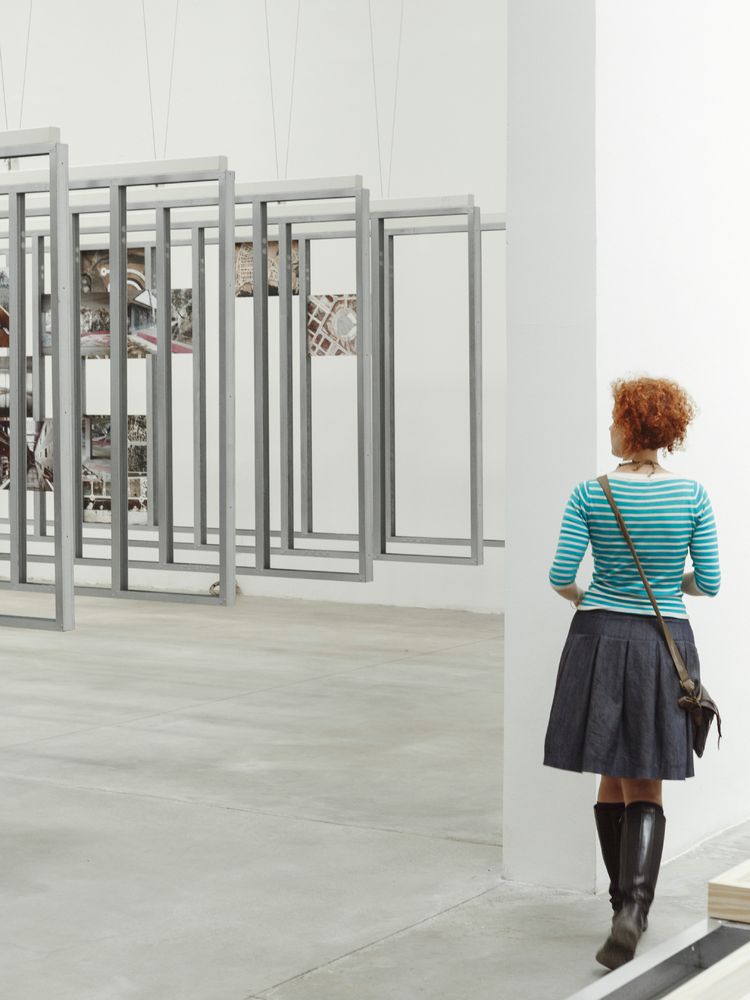
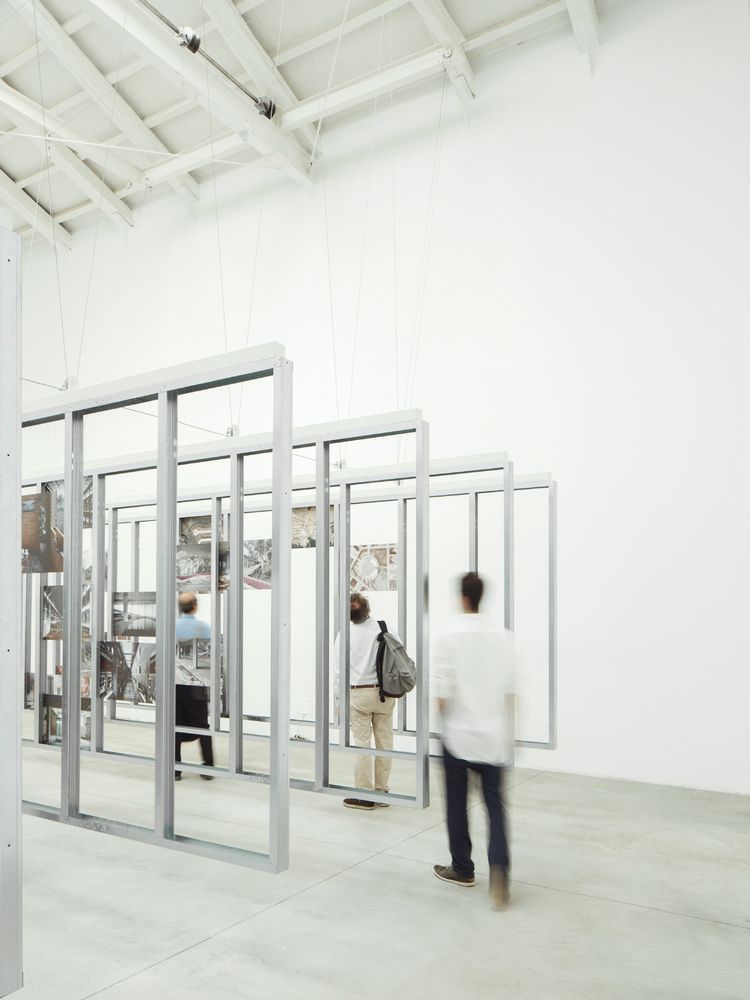
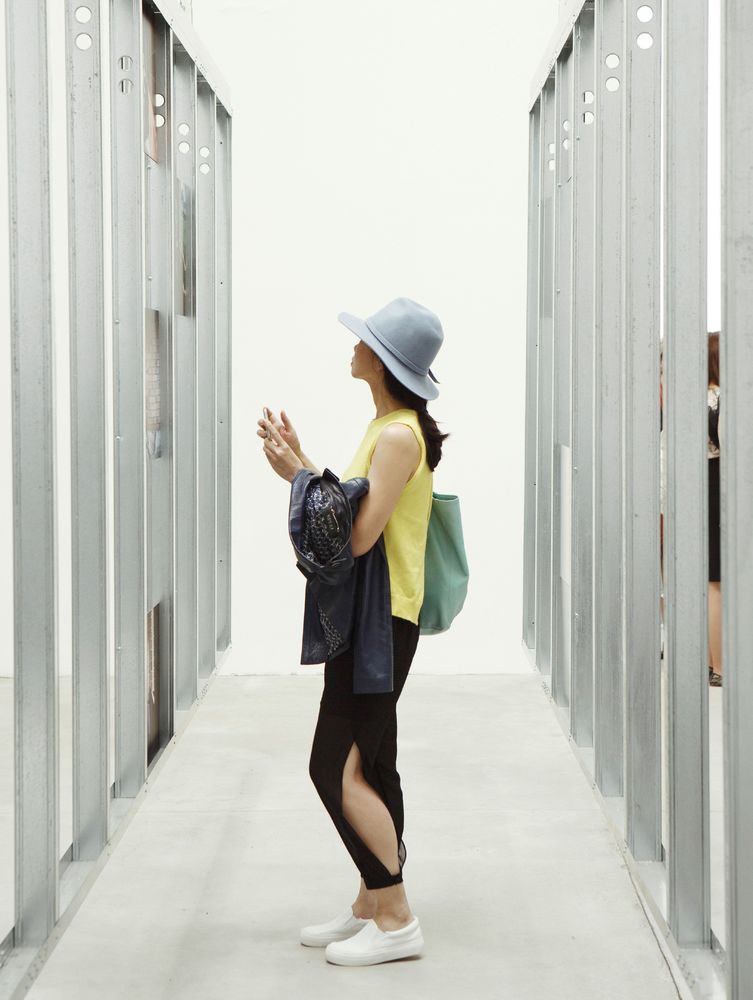
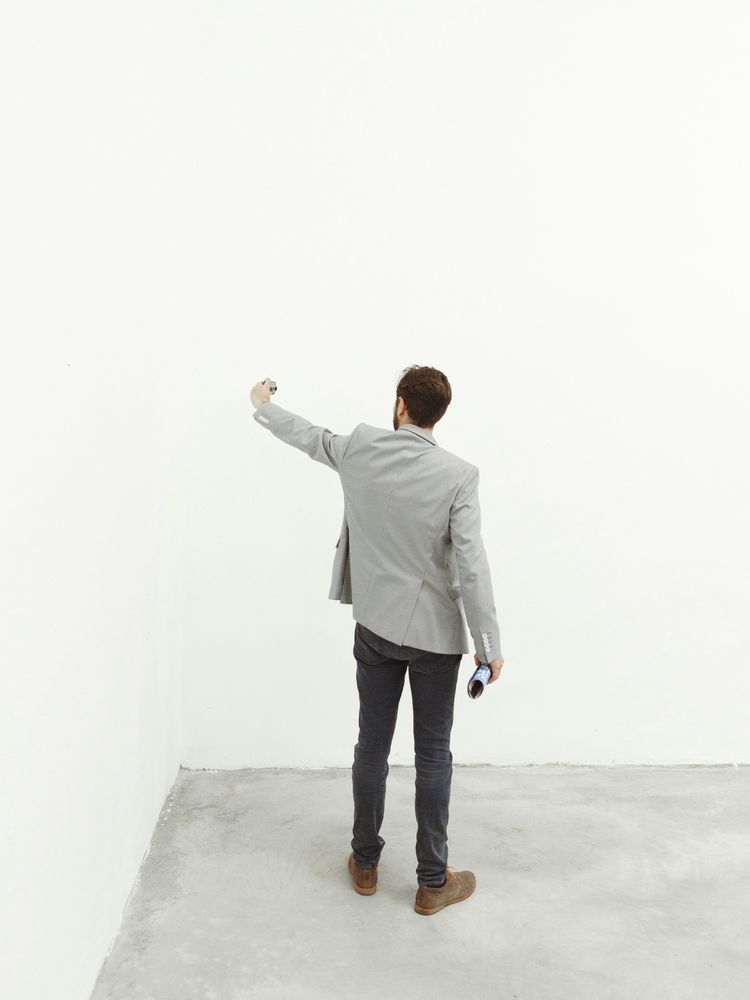
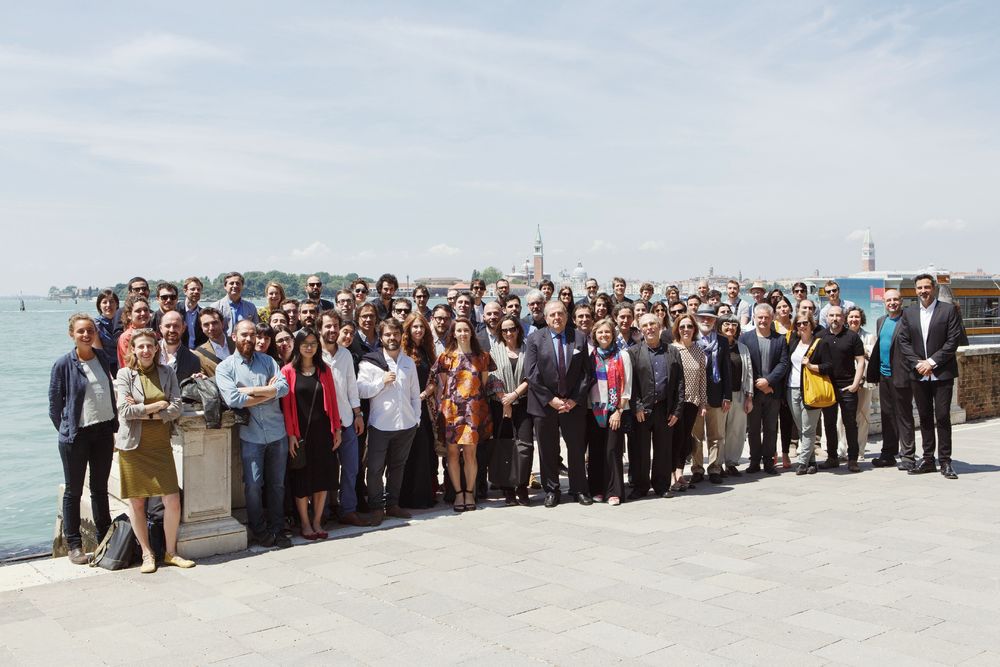
The act of creating new objects from scratch is often no longer possible for the professional architect given the social and economic contexts of our contemporary world.
In some societies, building booms during periods of high economic growth have resulted in a collection of contemporary ruins that are now neglected due to a lack of resources or lack of need for their use. In other contexts, architecture emerges as a result of decision-making processes that allocate minimal resources to the basic human need of habitation.
A contradiction thus exists between the architecture commonly presented by the media as finished forms frozen in time, and architecture that has the capacity to evolve, adapt, and transform. This latter type of architecture, which is perpetually “unfinished,” allows for a different understanding of time. The speed with which we commonly evaluate society’s developments and the urge to constantly reinvent things affect our perceptions of architecture’s horizons of time.
The dictionary definition of “unfinished” presents the following synonyms: unadorned, crude, formless, imperfect, raw, rough, under construction, unfashioned, unperfected, unpolished, unrefined. All of these adjectives conjure in the imagination of designers a new type of architectural intervention that perceives the existing built environment as a constraint upon which we can leave an important but impermanent mark. In this way, architects become a link in the chain of a structure’s life. Through the concept of the “unfinished,” we may understand the desirability of a perpetual state of evolution of the architectures that define our societies.
The architecture of the unfinished leaves open a door to the unexpected, and to ideas and interventions of the future – many of which we may not yet be aware.
This event is organized in collaboration with the project “Unfinished,” curated by Iñaqui Carnicero and Carlos Quintans for the Spanish Pavilion of the 2016 Venice Architecture Biennale. “Unfinished” will present a selection of projects developed in the Iberian Peninsula over the last ten years that epitomize a new type of architectural intervention.
Participants:
Sean Anderson Associate Curator of Architecture, Museum of Modern Art José Aragüez Adjunct Professor of Architecture, Columbia GSAPP PhD Candidate, History and Theory of Architecture, Princeton Iñaqui Carnicero Architect and Co-Curator of the Spanish Pavilion at the 2016 Venice Biennale Nahyun Hwang Partner, NHDM Architecture Urbanism Carla Juaçaba Architect and Researcher Lorena del Río Visiting Assistant Professor, Cornell AAP Co-Founder, RICA* STUDIO

